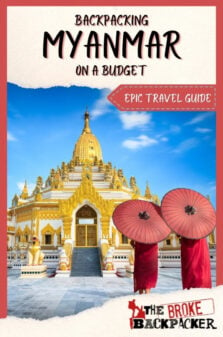A Disclaimer On Visiting Myanmar
Myanmar is an incredible country to explore, but also one that is sadly fraught with controversy. Myanmar’s modern history alone is marred by ethnic genocide (see The Rohingya Crisis), and the recent events of an unjust military coup and false imprisonment of political leaders have all but decimated what little sense of democracy remained in the country.
Many of the people of Myanmar have taken to widespread civil disobedience, protest, and even armed insurrection to counter the latest military take over. While ethical questions around travelling to Myanmar were previously and continue to be valid (i.e your tourist dollars being implicated in the funding of state sanctioned violence against minorities), the question of traveller safety is a stickier one now.
The people of Myanmar are undoubtedly wonderful and will welcome you into their home with a smile. But inevitably, your tourist dollars will go towards funding the regime behind some of the most abhorrent atrocities currently occurring in Southeast Asia. Also be aware that while the Tatmandaw (Myanmar’s military regime) don’t necessarily want the PR stain of missing or maimed foreigners, they are far more fond of power than they are of your life.
This guide was originally written as Myanmar was opening up to backpackers and Western tourism at large. Hopefully, in the not too distant future, Myanmar will not be so ethically dicey or pose such a challenge to personal safety, and raw, offbeat travel will once again be possible. In this sense, the guide here remains as a testament to what was and promise of hope for what may one day be again: a free, welcoming, and wildly unique Myanmar.
I first travelled to Myanmar in 2011 and instantly fell in love with this truly special country. In a month-long backpacking trip, I met under a dozen other travellers. The country seemed almost completely empty of backpackers and I couldn’t understand why – Myanmar was the most incredible place I had ever been at the time.
With ancient temples, untouched tribal areas, some of the world’s friendliest people, dirt cheap beer and pristine mountains, Myanmar is backpacking gold…
Myanmar is hands down my favourite country in Southeast Asia and in January 2017, I returned for a month-long backpacking trip. I was shocked to see how much the country has changed…
Don’t get me wrong, backpacking in Myanmar is still an incredible experience but it’s now so much easier to travel to Myanmar (most nationalities can get an e-visa on arrival) and there are hundreds, if not thousands, of tourists in the country’s best-known spots.
Luckily, Myanmar is absolutely massive and it’s still relatively easy to get off the beaten track, away from the tourist hordes, and discover the Asia of thirty years ago. Backpacking Myanmar can still be low-key… Simply pull up a chair and watch life go by as you sip on tea and soak in the chilled vibes.

The Broke Backpacker is supported by you. Clicking through our links may earn us a small affiliate commission, and that's what allows us to keep producing free content 🙂 Learn more.
Why Go Backpacking in Myanmar?
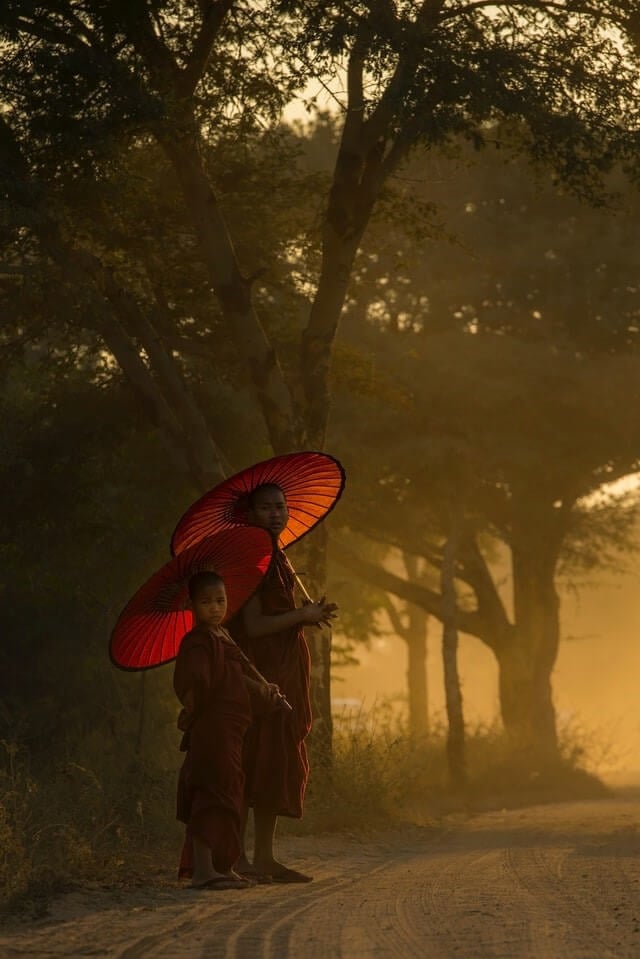
Myanmar is one of the most diverse countries in Southeast Asia, both culturally and geographically. Where else can you find pristine islands, soaring mountains, and teeming jungles all in one place? (Fun fact: Myanmar actually hosts a little piece of the Himalayas – at almost 20,000 feet, the highest peak is Hkakabo Razi!)
Choosing where to visit in Myanmar can be a bit challenging though. Some places are off-limits to tourists while others just have too much to see and do in the course of a single trip.
The few sections of the country that are very touristic (Yangon, Bagan, and Inle Lake jump to mind), show it. It’s not anything like the tourist bubbles of Thailand – touts and tourist mumbo-jumbo are still very low-key compared to other destinations in Southeast Asia. However, you can still tell when you’re in the bubble.
But, man, it’s so easy to burst that bubble in Myanmar. A small step outside of the tourist zone and you’ll feel the adventure tinglies coming on. The locals’ interest in you will be authentic and the connection to the culture will be genuine.
And there’s sooo much to see while exploring Myanmar off the tourist trail.
- Best Travel Itineraries for Backpacking Myanmar
- Places to Visit in Myanmar
- Top Things to Do in Myanmar
- Backpacker Accommodation in Myanmar
- Myanmar Backpacking Costs
- Best Time to Travel to Myanmar
- Staying Safe in Myanmar
- How to Get Into Myanmar
- How to Get Around Myanmar
- Working in Myanmar
- Myanmar Culture
- Some Unique Experiences in Myanmar
- Final Advice Before Visiting
- Buy Us a Coffee!
Best Travel Itineraries for Backpacking Myanmar
While it’s always a blast to explore forgotten frontiers at your own pace, Myanmar is tricky. You’re limited to 30 days travelling Myanmar – that’s it.
So keeping that in mind, it’s imperative to have something representing a travel itinerary for Myanmar. That way, you won’t miss out on any of the magnificence!
Myanmar 1-Month Travel Itinerary: The Highlights and the Adventure

Unless you’re hopping a border, then you’ll almost definitely start your adventure in Myanmar in Yangon. Stay in Yangon for a few days of exploration before heading north to explore more of the country.
There are a few ways you can do this, however, I’d recommend heading straight to Bagan first (unless you are hankering for a few beach days in Ngapali first). Bagan is a gem; touristic, yes, but such unbridled joy to roam and bike around. I’d really suggest giving yourself at least 3 days to stay in Bagan (although you could easily take more).
From Bagan, travel to Mandalay. Find a chill place to stay in Mandalay as it’s a good base of exploration for a number of northern Myanmar’s highlights.
The train ride from Mandalay to Hsipaw is considered the most beautiful in all of Myanmar (and, arguably, Southeast Asia). From Hsipaw, you can also plan out a few phenomenal treks in the region.
Mandalay is also a good point of connection to Pindaya and Inle Lake. Though quite possibly the most touristy area in Myanmar as a whole, Inle Lake is still gorgeous (with more great trekking in the region) and well worth a visit.
If you’re circuiting back to catch a flight from Yangon, I’d suggest visiting Hpa-An and Kyaiktiyo first. It’s a good opportunity to see some of Myanmar’s reverent cultural attractions.
Lastly, if you have the time (and I’d really suggest trying to make the time), you can travel to the far south of Myanmar to the Mergui Archipelago. Here, try and find the Moken people: the Sea Gypsies. Though their numbers and lifestyle has diminished in recent years, it’s still possible to meet tribes of these people moving across the oceans.
And truly, that shit be cray cray.
Want to save money on accommodation?
We got you. For reals.
Places to Visit in Myanmar
Let’s break down my favourite places to go in Myanmar! From the cities to the temples to the wilds, it’s all pretty sublime.
Backpacking Yangon
Many travellers backpacking Myanmar will start their route in Yangon, arriving on a cheap flight from Bangkok or Kuala Lumpur. A taxi from Yangon airport to downtown costs between 8000 MMK and 12000 MMK – you will need to haggle to get a good rate.
Also, from Yangon airport, there is a bus (with AC) to the city centre for 500 MMK. Just outside of the arrival gate, cross the street and walk to the left for about 200 m. I have heard it is possible to hitch a ride from the airport too, but I had no luck attempting this myself. You can also buy a Telenor Sim Card from the airport so you can stay connected around the country – 2GB and some credit will set you back around 10,000 MMK.
You should definitely spend at least a full day in the city: there’s a huge amount of awesome things to do in Yangon and it’s one of my favourite cities to wander around in the world. Although not the capital, Yangon is leading the way for cultural change in the country.
Make sure you loosen up at 50th Street Bar & Grill; they’ve got half-price beer every day from 6-8 pm & have a pool table, dartboard, foosball, and a shuffleboard table. Also, you have to check out the truly stunning Shwedagon Pagoda! It currently costs 10,000 MMK to enter the Shwedagon Pagoda.
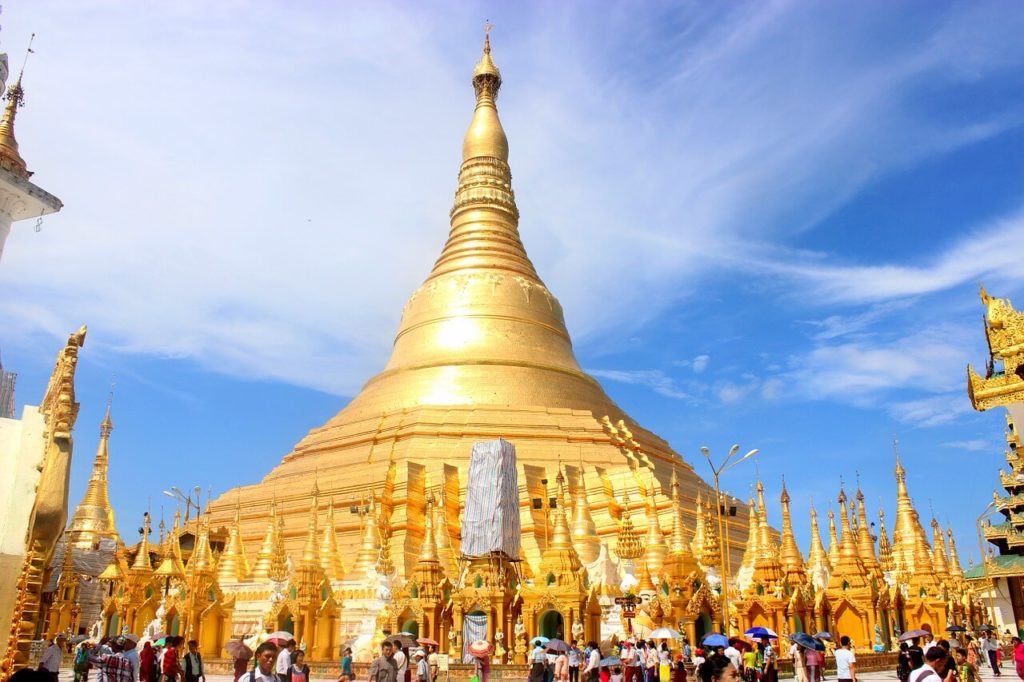
It really is advisable to book your room in advance. There are very few cheap accommodation options in Myanmar at the moment, and the best hostels in Yangon fill up quick.
Exploring the city is easy and it’s a fun place to walk around although you may want to catch a cab for longer distances – taxis don’t have a meter and you need to negotiate before getting in, it’s always possible to score a discount. From Yangon, you can head East to the famed Golden Rock at Kyaiktiyo, West towards Mrauk U, or you can head north to Bagan or Inle.
Backpacking Hpa-An
Stay for three nights in the Vintage Hpa An Hotel or head out of the town and ask to crash in one of the monasteries nearby. There is a lot to do around Hpa-an and during my first trip, in 2011, it was the highlight of my time travelling in Myanmar.
I highly recommend visiting Mt Zwegabin and climbing to the top (4 hours round trip), keep an eye out for the colourful freshwater crabs! On top of the mountain is a monastery with amazing views, it is possible to stay here for free.

Nearby is a local lake where you can swim before heading to the incredible Saddar Cave (take a headtorch). Kawgun cave is also well worth a look. To get around you will either need to hire a motorbike for 8000 MKK or hire a tuk-tuk for the day for 20,000 MKK – you can arrange this through your guesthouse. You can catch a night bus from Hpa-an to Mandalay or head to Inle instead.
From Hpa An, you can head further into Southern Myanmar. This part of Myanmar has only become accessible to backpackers very recently and offers some awesome adventure travel opportunities… Probably best taken on by motorbike! I have heard incredible things about Dawei and Maungmagan Beach which is supposed to be totally untouched.
Backpacking Mandalay
I first visited Mandalay in 2011 and thought it was a great place to spend ONE day. I have since revisited and whilst the city is a popular jumping-off spot for backpackers due to its good transport connections I have to be honest… I don’t particularly like Mandalay.
The temples are so much more impressive in Bagan that it’s kind of hard to get excited by Mandalay and the once-gorgeous U Bein Bridge has become the very definition of a tourist trap, the litter problem here is truly awful.
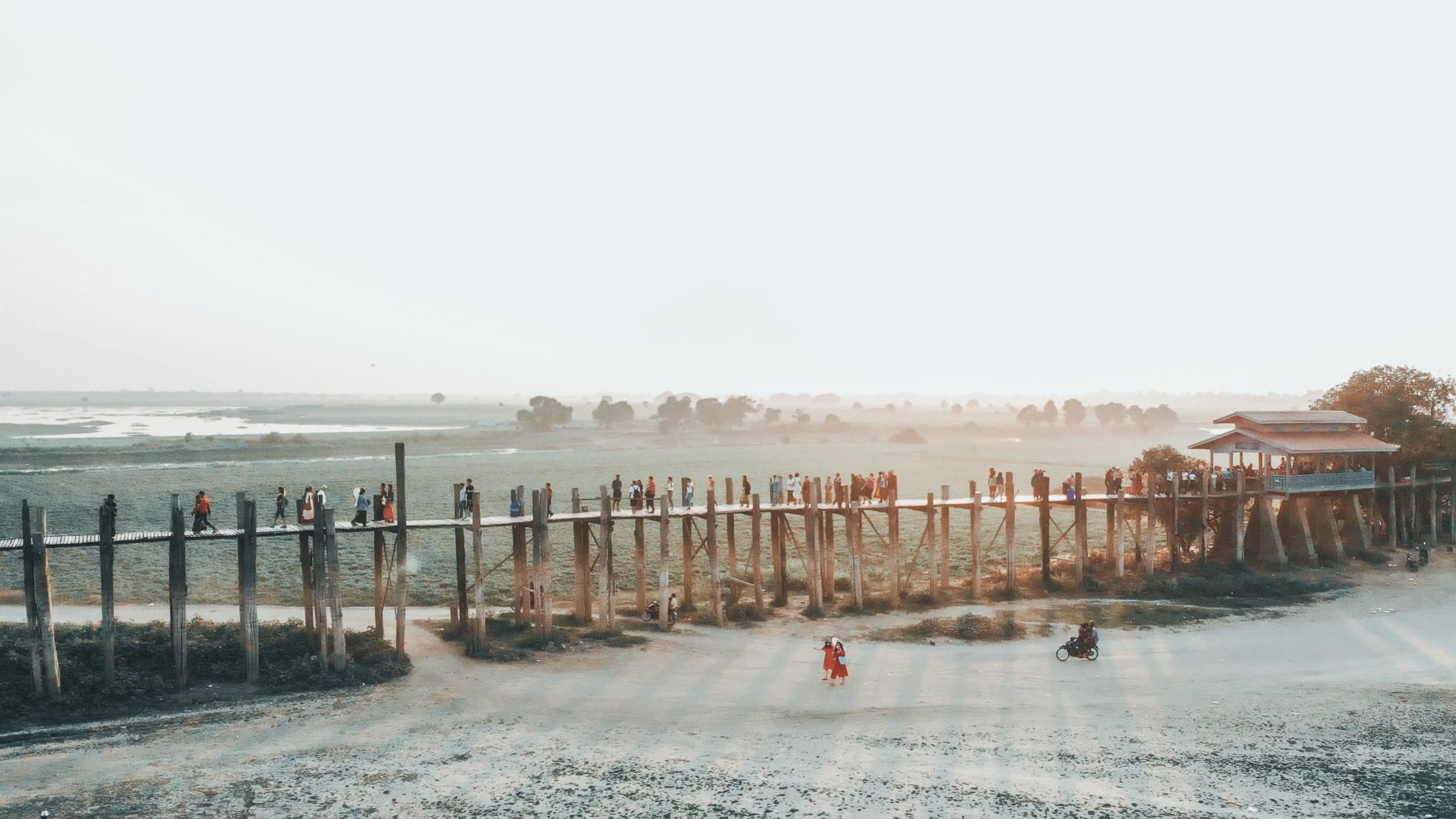
If you are going to stay in Mandalay for a bit, hire a motorbike and explore that way – it’s easy to sort and there are a few ex-pat run operations hiring out bikes. U Bein bridge should only be visited at sunrise, for sunset, you will have to share it with literally thousands of people…
Mandalay does have an admittedly interesting history (maybe I’ve just been there too many times – four in total!) and it’s well worth checking out the gold-pounding district and buying a small square of gold leaf to place upon the mighty sitting Buddha at Mahamuni Paya.
The Shwe In Bin Kyaung Monastery is also well worth visiting and the Nylon Ice Cream Bar serves up the best ice cream in all of Myanmar! From Mandalay, you can head up towards Hsipaw (six hours by bus) or travel to Bagan. If heading to Bagan, I recommend catching the scenic riverboat rather than travelling by bus.
Backpacking Hsipaw
One of my favourite places to visit in Myanmar, Hsipaw is a great place to sort out some treks. A lot of backpackers stay in Red Dragon Hotel Hsipaw itself is a quiet town and a good place to chill for an afternoon before catching a pickup truck (6 hours, 5000 MKK) up towards the remote village of Namhsan.
Again, just stay here the one night. There is one guesthouse and it doesn’t have a name, it costs 3,500 MMK per person to crash on the floor. It is also possible to camp on the town outskirts.
The next day begins a three day, two-night trek back to Hsipaw. You should take a guide to arrange accommodation in monasteries and home-stays as very few people in the hills speak English.
Ask at the guesthouse in Namhsan for Momo, he speaks excellent English and charges 10,000 MMK per person per day for guiding and breakfast, dinner and accommodation. Sleeping is cold and uncomfortable so take a fleece. You may meet rebel fighters from the Kachin Independence Army – don’t photograph them without permission.
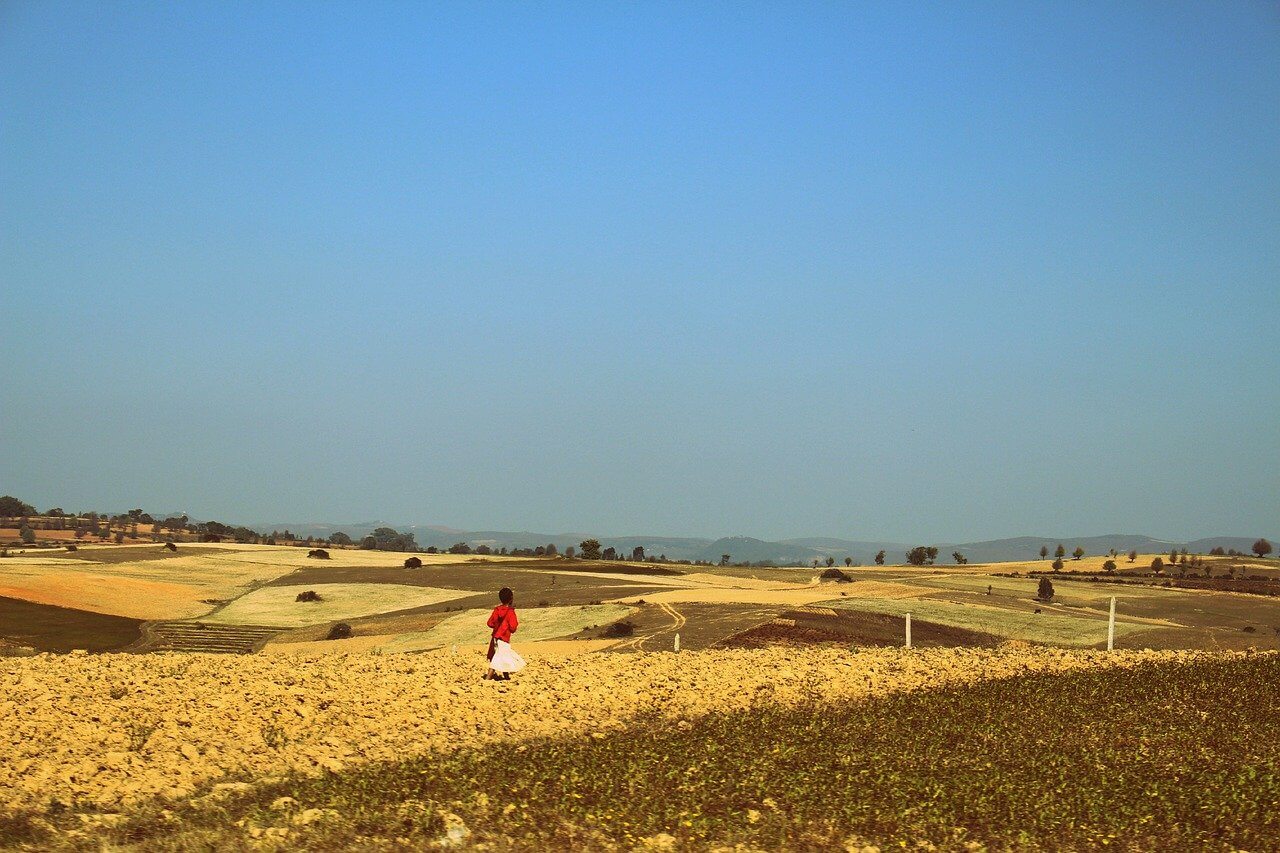
Once you get back in Hsipaw, keep yourself busy by checking out Valentines for ice cream, Mr Food for beer on tap and an unnamed pool hall almost directly opposite the bank (across bridge) which has a cinema in the back, here you can choose from their extensive pirated films collection and it costs just 300 MMK to watch something.
The next day, take the very scenic train to Pyin Oo Lin, spend one day here and check out the waterfalls. Really your main reason for visiting Pyin Oo Lin is to experience the train journey. From Pyin Oo Lin, you can connect to Inle or head to Bagan via Mandalay.
Backpacking Inle Lake
Try to stay in the very popular KMA Inle Hotel, This hotel boasts lake and mountain views, a swimming pool and exception service. Inle Pancake Kingdom does awesome snacks and has free WiFi, nearby Kaung Kaung has cheap draft beer. In the evening arrange a boat trip (16,000 MMK for 8 people) for the next day.
On your boat trip, you can hope to see the villages on stilts, aquaculture and traditional fishermen. The best part of the day is the journey itself and passing through small stilt hamlets and past locals, the main ‘sites’ are pretty good (although busy) but the atmosphere on the lake itself is wonderful.
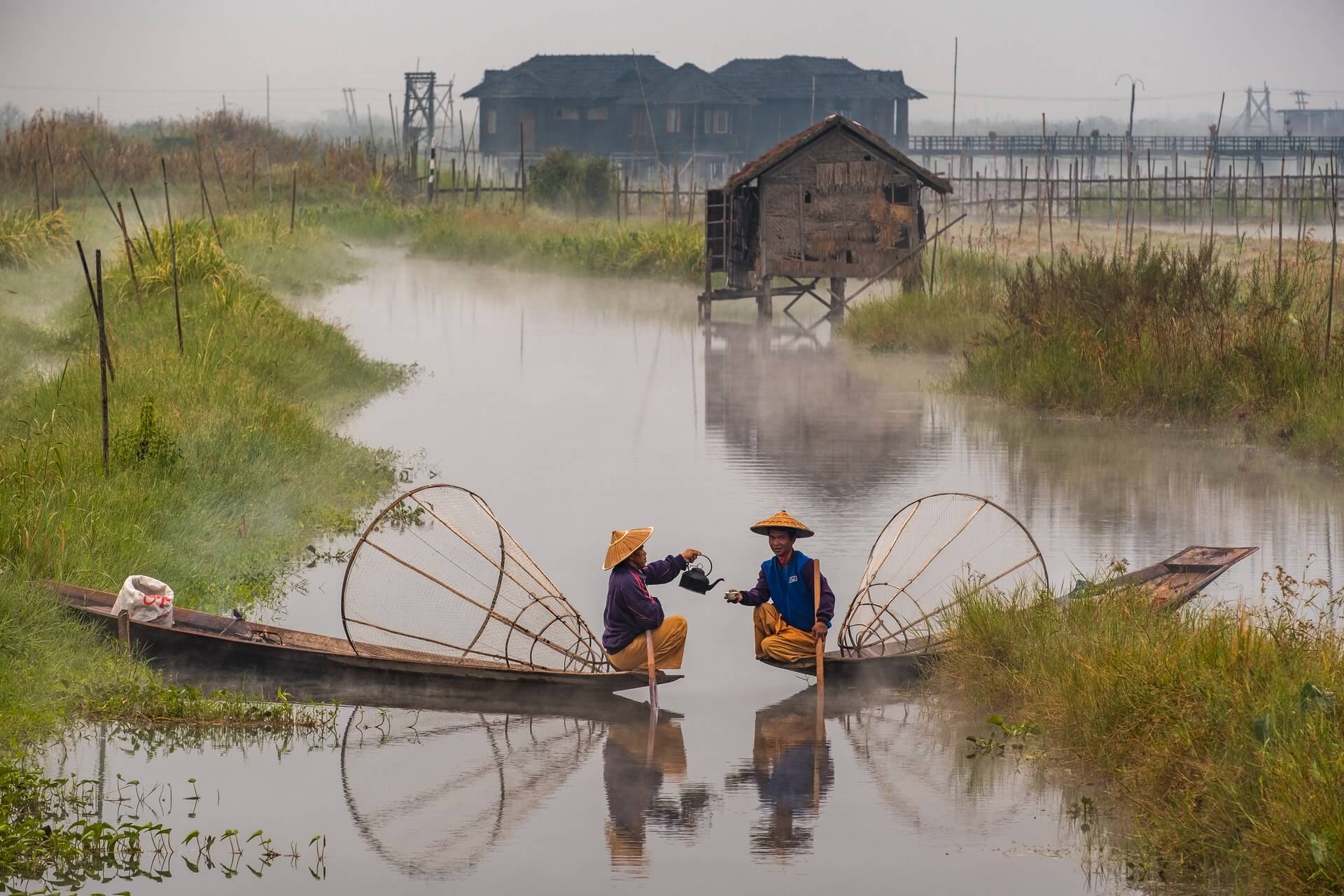
On your second day in Inle hire a bicycle, 1000 MMK, and visit a market – the many markets in Inle constantly rotate but there will always be one somewhere. The tofu village and local vineyard are both worth visiting. The Smiling Moon Restaurant is a good place to arrange boat tours and bus tickets, the woman who runs the restaurant is very friendly and can arrange almost anything you may need.
I recommend two full days in Inle; one for a boat trip and two for cycling and relaxing. It is well worth having a tent for Inle Lake. Bear in mind that Inle is, now, the very definition of ‘tourist trap’ and is probably the most expensive place in all of Myanmar. It can be a good place to party though…
Backpacking Pindaya
Just a two-hour drive from Inle is the rarely visited town of Pindaya, a tranquil place that is often buried in mists. It’s well worth popping up here for a night or visiting as a day trip in order to visit the truly mesmerising cave of eight thousand Buddhas…

From Pindaya, you can arrange a two night, three-day trek back to Inle. It’s possible to do this without a guide if you have a GPS.
Backpacking Bagan
The temple studded plains of Bagan is, hands down, the most incredible place in all of Southeast Asia. I’ve spent a total of about two weeks exploring Bagan by bicycle (in 2011) and electric bike (in 2017) and I still feel like I’ve seen less than half the temples…
The biggest, most impressive, temples in Bagan are now usually heaving with tourists and, in my opinion, are best avoided. It costs 25000 MKK to enter the Bagan site but out of the four times I have visited, I have only had to pay this twice.
It’s surprisingly easy to avoid paying simply by walking in via a backroad that diverts the checkpoint, particularly after dark. The ticketing checkpoints are actually marked on Maps.Me just to make it even easier for you. A local may tell you that it’s ‘not possible’ and you need to pay them to guide you and drive you around the checkpoint, but it really is blisteringly simple to do by yourself.
The real Bagan can only be reached with a bit of off-roading… There are plenty of stunning isolated temples where you will be the only person exploring. It’s possible to camp out (although it’s not exactly legal) on some of the temples and I spent a magical two nights beneath the stars, surrounded on all sides by illuminated temples stretching as far as the eye could see.

At 4 am, a gong whispered across the wind and shortly after Buddhist chanting from one of the monasteries began. The sun crept up behind one of the largest temples at around 7 am, and I can honestly say it was one of the most magical mornings I’ve ever experienced.
Accommodation is spread across the two main areas of Bagan: New Bagan and Nyaung U. Most of the backpacker’s accommodation is in New Bagan although Nyaung U has a better selection of restaurants. There are some truly great places to eat in Bagan, my favourite place was Star Beam – it’s a little hard to find, just outside New Bagan, but so worth it. Be sure to try the strawberry juice!
If you choose to camp out, I recommend scoping out your chosen temple during the day first. Take warm clothes, plenty of water, and a blanket – it gets damn cold at night. You probably won’t actually get any sleep but camping out is an amazing experience all the same.
Backpacking Chin State
Chin State has been on the backpacker radar for about five years now thanks to the many trekking opportunities and the famous women with tattoos upon their faces. Until recently you needed permits but the whole area is now open and can be discovered on foot or, if you have wheels, by motorbike.
The Chin people are friendly but reserved and you DO need a guide to help you sort out accommodation and food in the villages you pass through. I went on a challenging five-day trek from Mindat, where most backpackers arrive, along the valley towards Ma Hlaing.
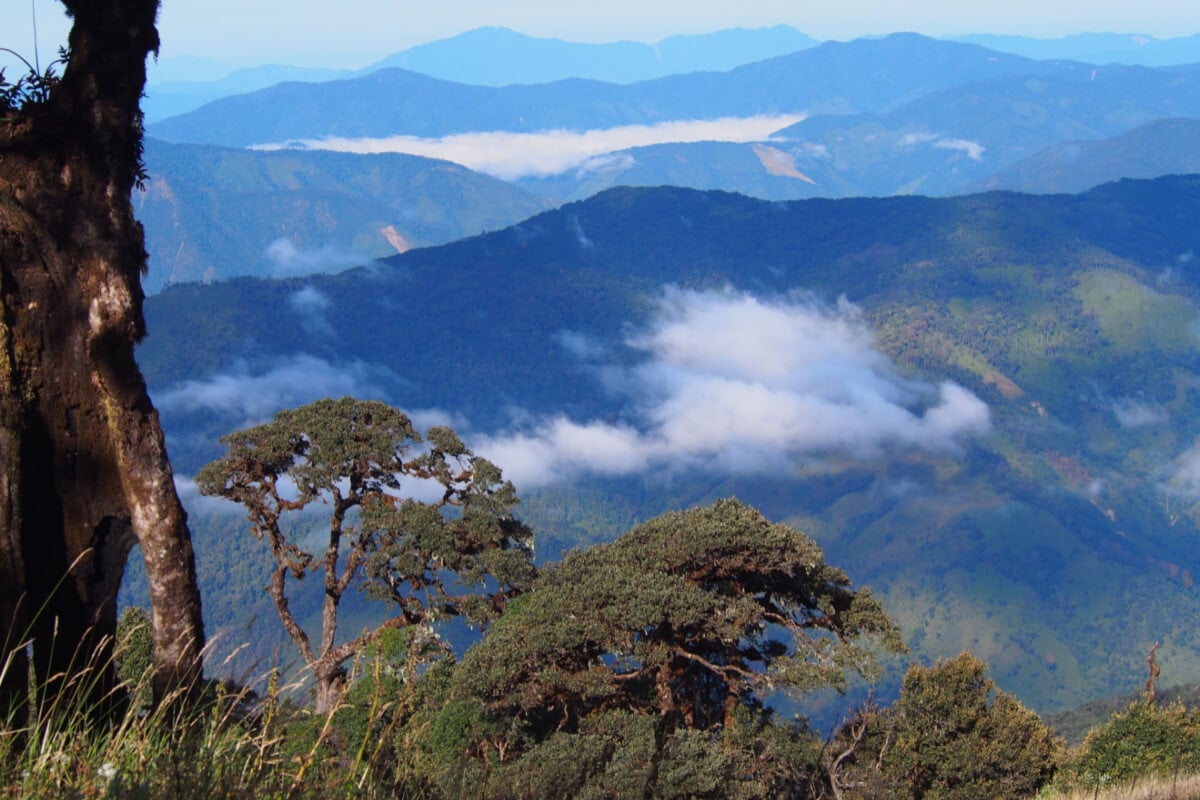
It was damn hot during the day and damn cold at night, the trails were accessible but steep in places and our guide taught us a lot about local living and some of the challenges the area is facing – namely poaching of tigers and leopards to sell to China for herbal remedies.
Chin State is in the process of being slowly connected with new government-funded road projects and some of the trekking opportunities will be reduced here in the near future so if you’re keen to check out Chin, go soon! In Mindat, there is an excellent locally run museum that is well worth checking out.
Backpacking Ngapali Beach
Often described as the Naples of the East, Ngapali offers gorgeous beaches in a tranquil environment. Unfortunately, accommodation here is very expensive but if money is not an issue it’s a great place to unwind.
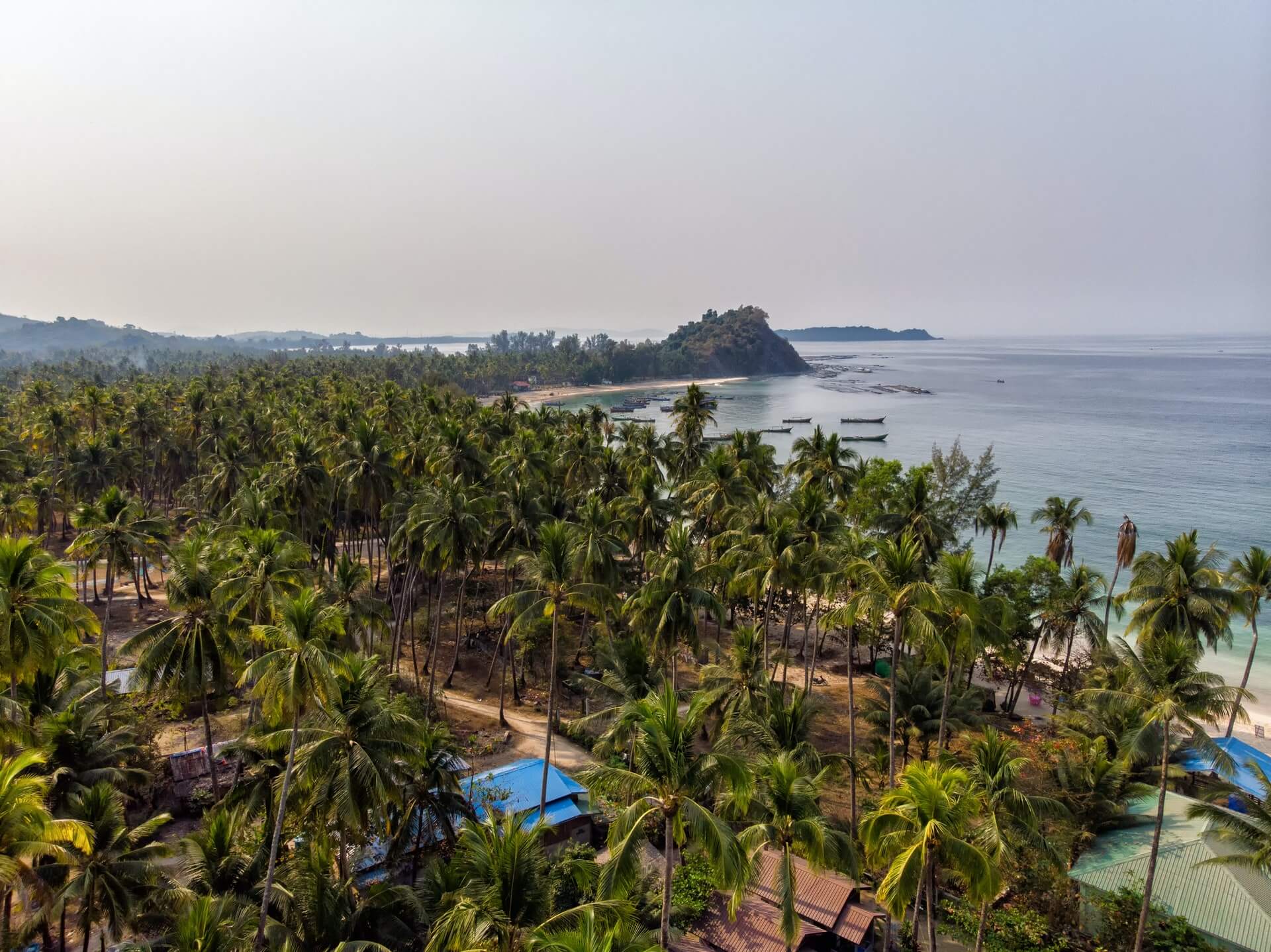
You can arrange fishing trips and boat tours from Ngapali or if you fancy venturing further afield, push on down the coast to find other beaches that offer cheaper accommodation – I’ve heard good things about Ngwe Saung. If you’re a traveller that likes going offbeat and wants miles of undeveloped coastline all to yourself, head to Gwa and Kanthaya…
Backpacking Mergui Archipelago
Perhaps one of the last true adventure frontiers in all of Asia, The Mergui Archipelago remains almost entirely untouched. If you travel here you are unlikely to meet any other backpackers…
It’s impossible to explore the Mergui Archipelago without a boat and although day-trips can be arranged from the port-town of Myeik with local fishermen, if you want to head deeper into the islands and meet with the Moken Sea-Gypsy people you will probably need to charter a boat.

A few companies have started offering eight-day tours of the area but they are decidedly pricey. Most of the longer operations run out of Kawthaung and this is where you should head if you’re hoping to snag a last-minute bargain cruise.
To get to this truly incredible part of the world you can travel from Yangon to Myeik and then onwards to Kawthaung or travel directly from Thailand (this is actually easier) via the Ranong border crossing.
Getting Off the Beaten Path in Myanmar
You could easily spend two months exploring Myanmar; there is a huge amount to do here. Realistically, the longest you can easily spend in the country is six weeks – the full month visa and the fourteen days overstay that are allowed.
With six weeks, I would definitely aim to explore some of the beaches of Bengal as well as the south of the country; there are some true backpacking gems down there that have yet to be properly discovered. Remember though, unless you have a motorbike, getting around in some of the more remote areas can be a bitch and getting from A to B is not as easy as it looks on a map.
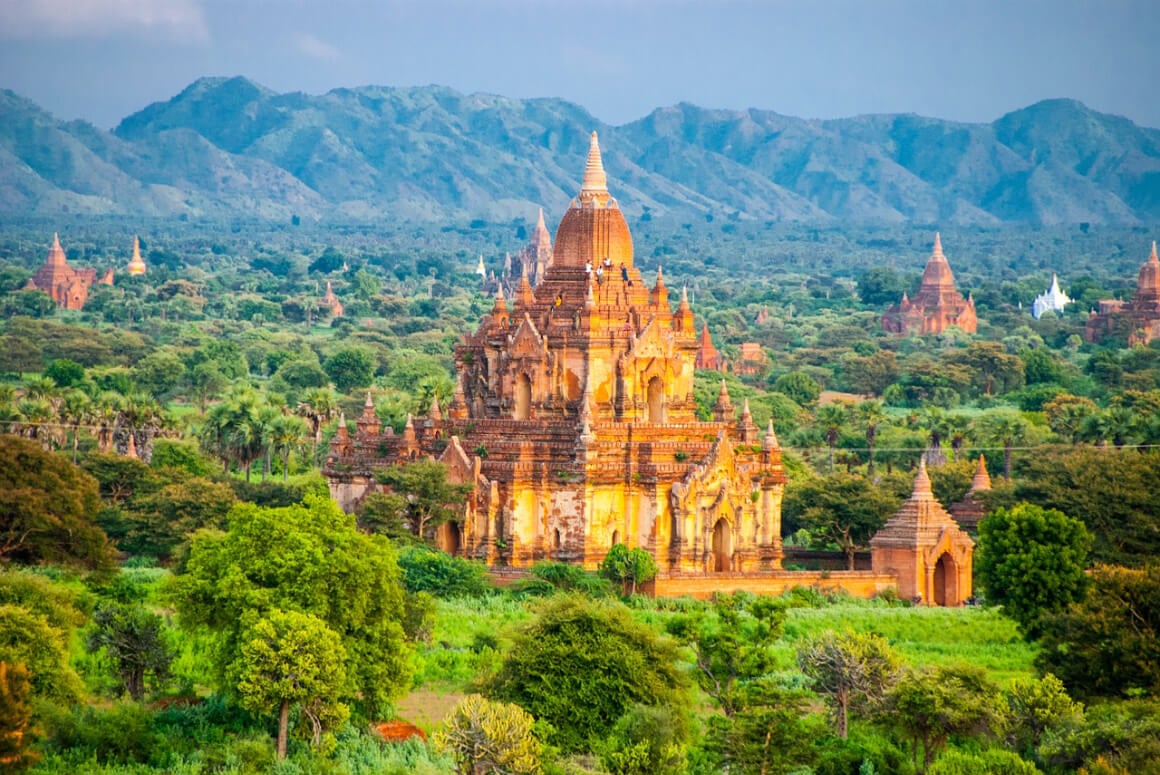
I strongly recommend travelling at night, to save on accommodation and time, if you are travelling by bus. There are a lot of different Myanmar backpacking routes but the most popular is the ‘backpacker triangle’ between Bagan, Inle, and Mandalay and shooting up to Hsipaw to get some trekking in… If you only have ten days or a couple of weeks, I recommend sticking to this route but if you’re feeling adventurous, lose the map and head south.
If you have good-quality backpacking tent, you will have significantly more options for getting off the beaten track. Restrictions on where you can stay in Myanmar (as imposed by the government) means you are much less limited if you are self-sufficient.

We’ve tested countless backpacks over the years, but there’s one that has always been the best and remains the best buy for adventurers: the broke backpacker-approved Osprey Aether and Ariel series.
Want more deetz on why these packs are so damn perfect? Then read our comprehensive review for the inside scoop!
View on Osprey View on REITop Things to Do in Myanmar
With so much unexplored territory and lost secrets, there are heaps of things to do in Myanmar. More than you can jam into the length of a visa anyway!
Here are a few of my favourites.
1. Ride the Trains!
Slow, cheap, methodical, ear-bleedingly loud: these are just some of the words used to describe the trains in Myanmar. While the network isn’t totally comprehensive of the whole country, it does get you to a lot of the major destinations around Myanmar.
In particular, the train ride from Mandalay to Hsipaw (or vice-versa) is glorious and an absolute must-do when visiting Myanmar.

2. Munch the Street Food
Noodles, soup, roast chestnuts, and big ol’ hunks of meat (if that’s your thing) – the street food scene in Myanmar rocks! It’s also considerably cleaner than a lot of other places in Asia (though it’s still street food in a developing nation).
The night market in Mandalay is particularly ferocious. It’s just endless stalls of some of the cheapest and greatest street food in the world to lose your mind over. Go nuts!
3. Trekking in Chin State
There are heaps of hiking opportunities in Myanmar, however, I recommend you definitely head trekking in Chin State. The landscape is phenomenal and the people still hold a lot of hidden mysticism in their ways.
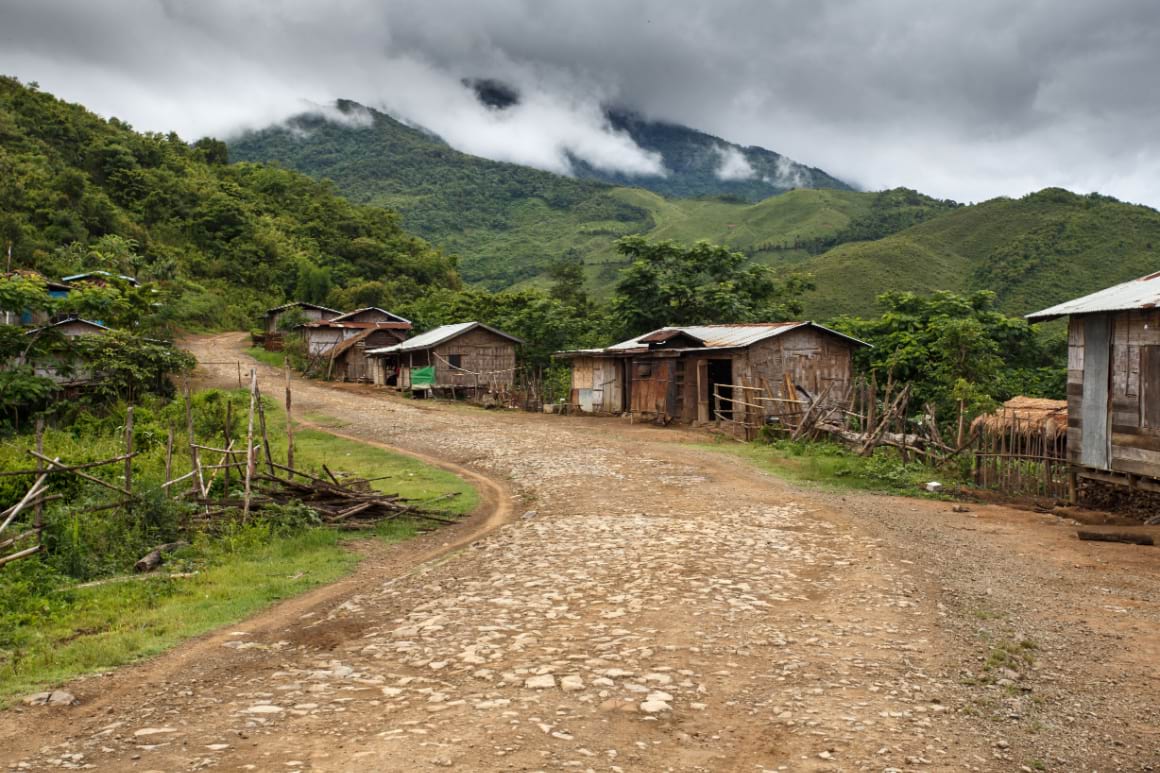
4. Smoke a Cheroot
It’s kind of like a cheap cigar. In typical Asia style, cigarettes are cheap and sold everywhere, even at many of the street food places. They sell these oversized cigarettes – more like a cigar – by the singles to puff on after your meal.
Do they taste good? Well, I think they taste gross (as did the four Sri Lankan chainsmokers I gave one to at a later date), but when in Myanmar… smoke a cheroot?
5. Visit Naypyitaw – the Capital City of Myanmar
There’s a reason not many travel guides for Myanmar mention the capital city Naypyitaw: it’s a really stupid city. Nobody knows why it’s so stupid; there’s a theory that it was intentionally built as a decoy city in case the USA (or whoever else) invaded.
At four-and-a-half times the size of London but with a meagre population of just under a million (compared to London’s 8.63 million), the city is a ghost town proper. Is there anything to do there? Na, not really. But to see empty 12-lane highways, desolate streets, and an eerie fat lot of nothing (or to find some near unheard of personal space in Asia), it’s actually a kinda funny stopover.

6. Explore Kyaikto and the Golden Rock
Climb the mountain (45 minutes) to see the Golden Rock on the same day that you arrive. You can find accommodation in Kinpun town nearby.
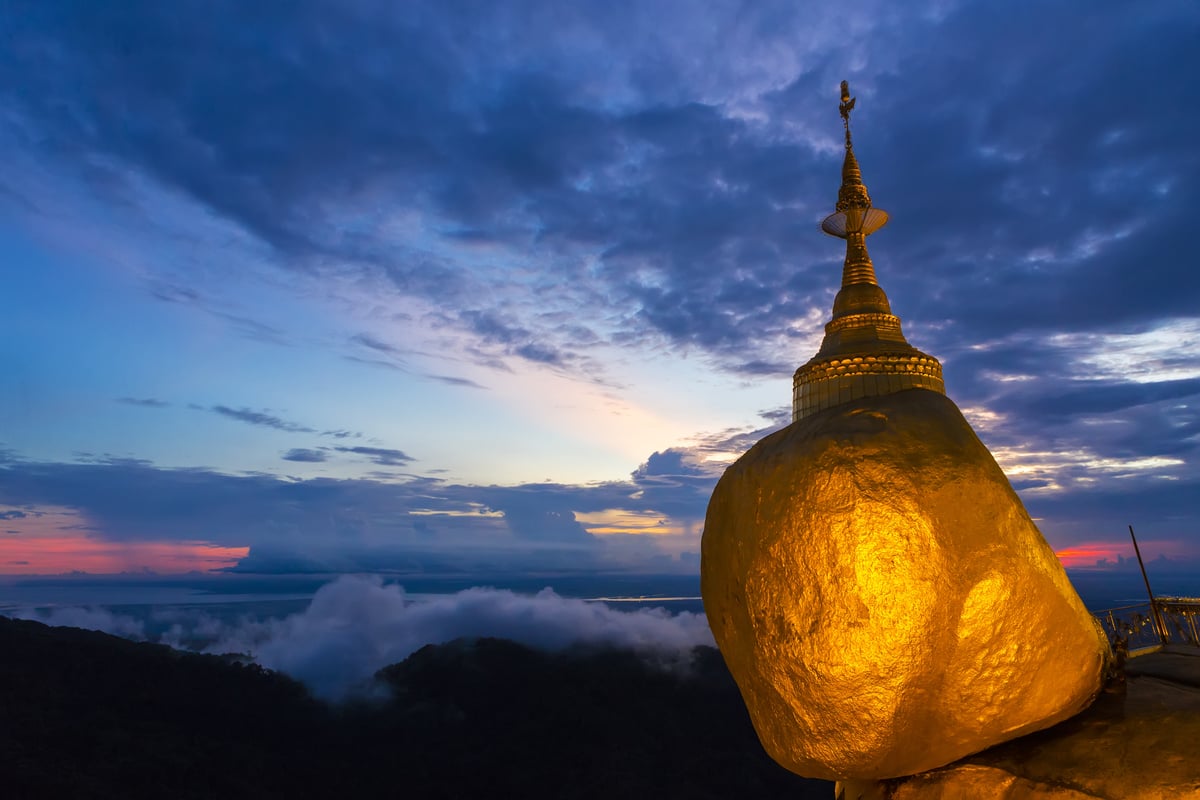
The next day, catch whatever transport you can arrange, probably by hitching on local pickup trucks, to Hpa-an (4 hours). If you end up having the morning free there are a couple of interesting short hikes around Kinpun.
7. Exploring the Temples of Bagan
You can get around Bagan by walking or cycling but the best way to get around is by e-bike. These are electric scooters with a maximum speed of about 40km an hour. You can rent these out for 8000 MMK a day (as a duo or 5000 MKK if you’re by yourself).
If you ever want to learn to ride a scooter, this is probably the easiest thing in the world to drive and Bagan is probably one of the best places to learn… Even if you do come off, you’ll probably land on the sand. Remember to use your mirrors and go easy on the front brake.
Bagan is a truly stunning place and for a really unique view, you can take to the skies in a hot air balloon. There are a few companies that offer hot air ballooning services although they tend to book out quickly.

There are SO many amazing temples in Bagan that, honestly, it’s hard to give recommendations… My real recommendation is to simply get an e-bike and to head off into the bush to get away from the bus-tourist-hordes and discover some incredible temples for yourself!
Please don’t go for a horse-and-cart ride though. The animals are overworked, mistreated, and animal tourism shouldn’t be supported.
Bagan is a pretty good place to buy souvenirs and although you have to shop around there are some good paintings to be had. Bagan is fairly easy to reach from Mandalay, Inle, and Yangon. From Mandalay, you can catch the Government boat to Bagan.
This takes about twelve hours but it is pretty relaxing and very scenic. I did not book in advance. Currently, the Government boat leaves on Wednesday and Sunday mornings but this is subject to change. From Bagan, you can connect to Chin State for some off the beaten track treks…
8. Discover Mrauk U
If you want to explore some stunning temples and have them all to yourself, Mrauk U is the place to go. Picture hundreds of abandoned temples (almost all of them unlocked) spread across a rolling landscape of lush green hills and small villages…

The only reason that Mrauk U isn’t as popular as Bagan is that it’s a total bitch to get to (although this may change with time). Currently, you have to first travel to Sittwe from Yangon. The best option is to catch a flight although it is possible to do it on a (very long) bus journey.
Once you are in Sittwe, you need to catch a boat or another bus onwards to Mrauk U. There isn’t much of a backpacker scene here yet, but it’s a great place to do some Indiana Jones-esque exploring!

Wanna know how to pack like a pro? Well for a start you need the right gear….
These are packing cubes for the globetrotters and compression sacks for the real adventurers – these babies are a traveller’s best kept secret. They organise yo’ packing and minimise volume too so you can pack MORE.
Or, y’know… you can stick to just chucking it all in your backpack…
Get Yours Here Read Our ReviewBackpacker Accommodation in Myanmar
Myanmar’s backpacking accommodation is still fairly poor compared to the rest of Southeast Asia. There are a few cool hostels popping up in places like Bagan, Inle, and Mandalay but you only have to take one step off the beaten path and your options rapidly dwindle.
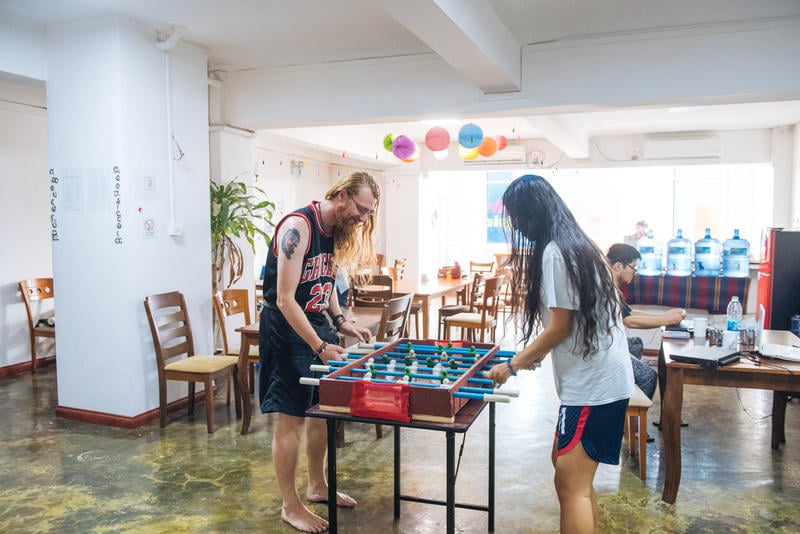
This can actually be kind of cool as you will often end up staying in ‘Mom and Pop’ family run guesthouses where you will be welcomed into the family. I very rarely endorse booking accommodation in advance as my own travel plans change so frequently that I prefer to wing it, however, in Myanmar, if you don’t book accommodation in advance, you may well not be able to find a place to crash…
Furthermore, foreigners can only stay at accommodation in Myanmar licenced to accept them. For this reason, and simply to allow you more freedom of movement, I recommend packing some camping equipment for backpacking around Myanmar.
All of the half-decent, half-affordable, accommodation sells out weeks in advance and I strongly recommend that you book your rooms (especially for Bagan and Inle) before you travel.
The Best Places to Stay in Myanmnar
| Location | Accommodation | Why Stay Here?! |
|---|---|---|
| Yangon | HOOD Hostel | Awesome hostel, clean, cozy, a great place to meet people and comes with free wifi! |
| Kyaikto | Kyaik Hto Hotel | A prime place to crash in Kyaikhtiyo, make sure you book it in advance as it gets booked out real fast! |
| Hpa-an/Kayin | Vintage Hpa An Hotel | Centrally located, this is an excellent choice for broke backpackers who are looking for a cheap place to stay. |
| Mandalay | Ostello Bello Mandalay | Currently one of the best backpacker friendly hostels in Mandalay, they have free breakfast and wifi! |
| Hsipaw | Red Dragon Hotel | Even though this is not a hostel, it is ridiculously cheap AND they offer free breakfast! |
| Lake Inle | KMA Inle Hotel | Try to stay in KMA Inle Hotel – This hotel boasts lake and mountain views, a swimming pool and exception service. I can’t recommend it enough |
| Bagan | Ostello Bello Bagan | Clearly, these guys are killing it in the backpacker market! Can’t recommend them more! |
| Mrauk U | Mrauk U Palace Resort | It is a bit difficult to find backpacker style properties here. So splurge a little and enjoy this chilled out resort. |
| Ngapali Beach | Royal LinThar | Again there are no backpacker friendly options. This is the cheapest we could find there! |
| Mergui or Myeik | White Pearl Guest house | This is currently the cheapest property around. Again they offer free breakfast. Make sure to load up on that before you start your day! |
| Kalaw | Hillock Villa | Great location and welcoming atmosphere. The included breakfast is delicious |
Myanmar Backpacking Costs
On my first Myanmar backpacking adventure in 2012, I spent a total of $700 in one month. In January 2017, I and a friend spent a total of $900 over a three week period.
It’s possible to go backpacking in Myanmar on a comfortable budget of about $25 per person per day assuming you stay in cheaper accommodation, eat local food, and avoid internal flights. You can quickly blow your daily budget if you eat in tourist-trap restaurants (of which there are MANY in Inle) or if you insist on travelling in VIP coaches.
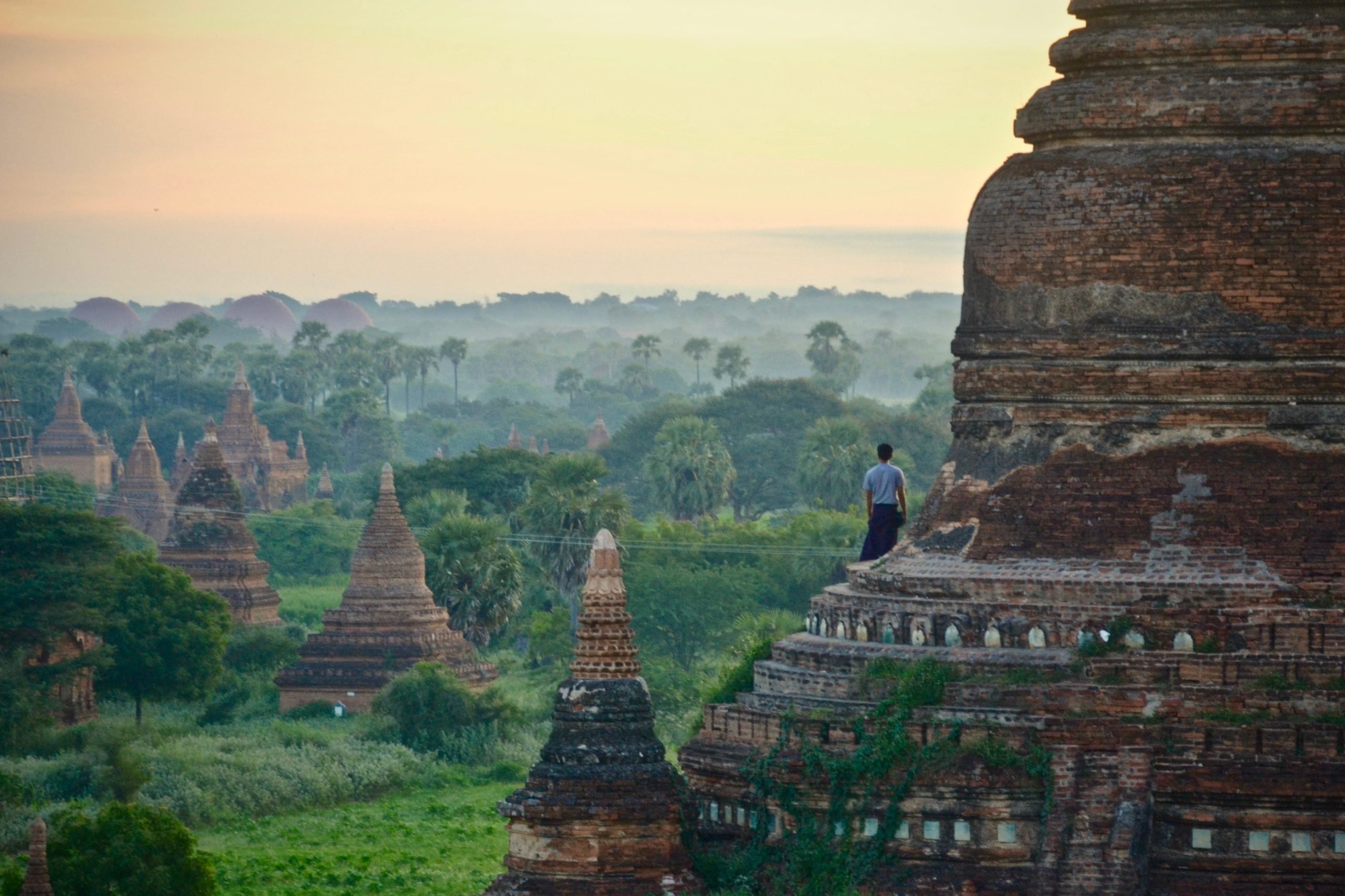
If you’re travelling on a shoestring budget, it would be possible to backpack Myanmar on a budget of less than $10 a day if you hitchhike, camp out, and stick to local food, but I ain’t gonna lie to you – Myanmar IS more expensive than most of Southeast Asia and you need to plan your budget accordingly.
A Daily Budget in Myanmar
| Expense | Broke Backpacker | Frugal Traveller | Creature of Comfort |
|---|---|---|---|
| Accommodation | $5-$8 | $9-$15 | $20+ |
| Food | $4-$9 | $10-$18 | $20+ |
| Transport | $2-$6 | $7-$13 | $15+ |
| Nightlife Delights | $3-$7 | $8-$14 | $15+ |
| Activities | $0-$10 | $10-$20 | $25+ |
| Total per day: | $14-$40 | $44-$80 | $95+ |
Money in Myanmar
Whilst it IS now relatively easy to find ATMs pretty much anywhere in the country, the ATM fees can be as high as nine dollars a pop. I recommend bringing cash and changing it instead. If you are bringing in cash, you need perfect US dollars or Euros.

The currency in Myanmar is the Myanmar Kyat (MMK). Find out how much your money is worth today by using the up-to-date converter below. The exact rate you get depends on the size of the note you are changing (100 dollar bills get the best rate) and where you are changing it (rates in rural parts of the country are not as good as the cities).
Credit and Debit cards are widely accepted in the more built-up areas such as Yangon or Inle Lake but many of these, charge pretty insane withdrawal fees so it’s advisable to avoid small ATM transactions and get out a bunch of cash at once – just make sure you hide it well. Plus, in the rural areas an ATM machine becomes a mythical creature.
For all matters of finance and accounting on the road, The Broke Backpacker strongly recommends Wise – The Artist Formerly Known as Transferwise! Our favourite online platform for holding funds, transferring money, and even paying for goods, Wise is a 100% FREE platform with considerably lower fees than Paypal or traditional banks. But the real question is… is it better than Western Union?
Yes, it most certainly is.
Travel Tips – Myanmar on a Budget
Travelling with no money? Travelling with a paltry amount of money?
To keep your spending to an absolute minimum whilst backpacking Myanmar I recommend sticking to these expert tips:
- Hitchhike: In Myanmar, it is relatively easy to thumb a ride. Travelling by hitchhiking is an ace way to keep your transport costs down.
- Camp: With plenty of gorgeous natural places to camp, Myanmar is a great place to pitch up. You can often crash in Buddhist temples for free when trekking.
- Eat local food: You can get a bowl of tasty Shan noodles for under a dollar. If you’re on a real tight budget. It’s also worth taking a portable backpacking stove.

Why Should You Travel to Myanmar with a Water Bottle?
Whilst there’s a lot that we can do when it comes to travelling responsibly, reducing your plastic consumption is one of the easiest and most impactful things you can do. Don’t buy one-use water bottles, don’t take plastic shopping bags, and forget straws. All of this just ends up in landfill or in the ocean.
If you’d like some more tips on how to save the world, be sure to watch the video below.
There’s nothing worse than showing up to a picture-perfect beach, only to discover plastic bottles littering the sand. One way to get around this is by investing in a premium filtered travel bottle like the Grayl Georpress. You can filter any kind of water, save money on buying endless plastic bottles – and sleep easy knowing you’re not contributing to the plastic bottles lining our beautiful beaches.

Drink water from ANYWHERE. The Grayl Geopress is the worlds leading filtered water bottle protecting you from all manner of waterborne nasties.
Single-use plastic bottles are a MASSIVE threat to marine life. Be a part of the solution and travel with a filter water bottle. Save money and the environment!
We’ve tested the Geopress rigorously from the icy heights of Pakistan to the tropical jungles of Bali, and can confirm: it’s the best water bottle you’ll ever buy!
View on REI Read the ReviewBest Time to Travel to Myanmar
The dry season in Myanmar runs from October to May. It starts to get real hot between March and June so the high season (when accommodation often runs out) is between November and February.

I’ve travelled to Myanmar during June and would not recommend it; it was unbelievably hot. If you want to try and catch Myanmar without the crowds; consider rocking up early on in March.
What to Pack for Myanmar
Make sure you get your packing for Southeast Asia right! On every adventure, there are six things I never go travelling without:

Osprey Aether 70L Backpack
Ya can’t go backpacking anywhere without a blasted backpack! Words cannot describe what a friend the Osprey Aether has been to The Broke Backpacker on the road. It’s had a long and illustrious career; Ospreys don’t go down easily.
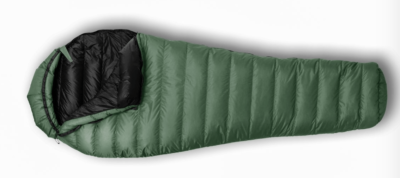
Feathered Friends Swift 20 YF
My philosophy is that with an EPIC sleeping bag, you can sleep anywhere. A tent is a nice bonus, but a real sleek sleeping bag means you can roll out anywhere in a and stay warm in a pinch. And the Feathered Friends Swift bag is about as premium as it gets.
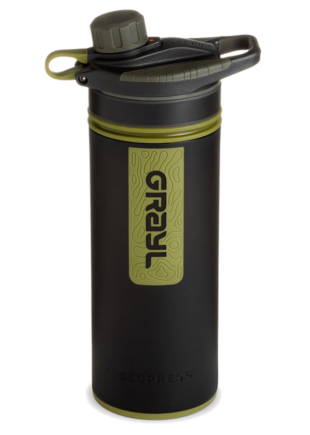
Grayl Geopress Filtered Bottle
Always travel with a water bottle! They save you money and reduce your plastic footprint on our planet. The Grayl Geopress acts as a purifier AND temperature regulator – so you can enjoy a cold red bull, or a hot coffee, no matter where you are.

Petzl Actik Core Headlamp
Every traveller should have a head torch! A decent head torch could save your life. When you’re camping, hiking, or even if the power just went out, a top-quality headlamp is a MUST. The Petzl Actik Core is an awesome piece of kit because it’s USB chargeable—batteries begone!

First Aid Kit
Never go off the beaten track (or even on it) without your first aid kit! Cuts, bruises, scrapes, third-degree sunburn: a first aid kit will be able to handle most of these minor situations.
Staying Safe in Myanmar
Myanmar is an extremely safe country and shouldn’t cause alarm for any sort of traveller. There ARE still things to be aware of, however.
Primarily, the political situation in Myanmar is volatile. While large parts of the country are safe to visit for tourists, there are areas of Myanmar – particularly close to the borders – where it could be dangerous for a tourist to go. Regardless, many of these regions have restrictions on foreign entry which you can be expected to be enforced.
Regions of Myanmar where you can expect full to partial restrictions on tourist movement include:
- Rakhine – Due to the Rohingya crisis.
- Kachin and Shan – Given their proximity to border conflicts and the drug trade.*
- Sagaing – Again, due to border conflicts.
The last thing to touch on is the above-mentioned Rohingya crisis. The Rohingya crisis, in a quick summary, is an ongoing genocide and diaspora of a Muslim ethnic minority group in Myanmar perpetrated by the Myanmar government. What the government is doing to the Rohingya people is a crime against humanity, to put it lightly.
*Editor’s Note: Personal Experience in the Kachin State
I did travel to the Kachin state to visit the Indawgyi Lake – both the largest lake in Myanmar and one of significant significance to Buddhists. Like with most of Myanmar, the locals (including most security personnel) were overwhelmingly friendly. Tourists are not totally unheard of around specific sites like Indawgyi Lake, but they are certainly a novelty.
The restrictions around your movements look like registering your name with the guesthouse and carrying an extra photocopy of your passport to show security officials. I never handed over my physical passport and this didn’t seem to cause too many problems.
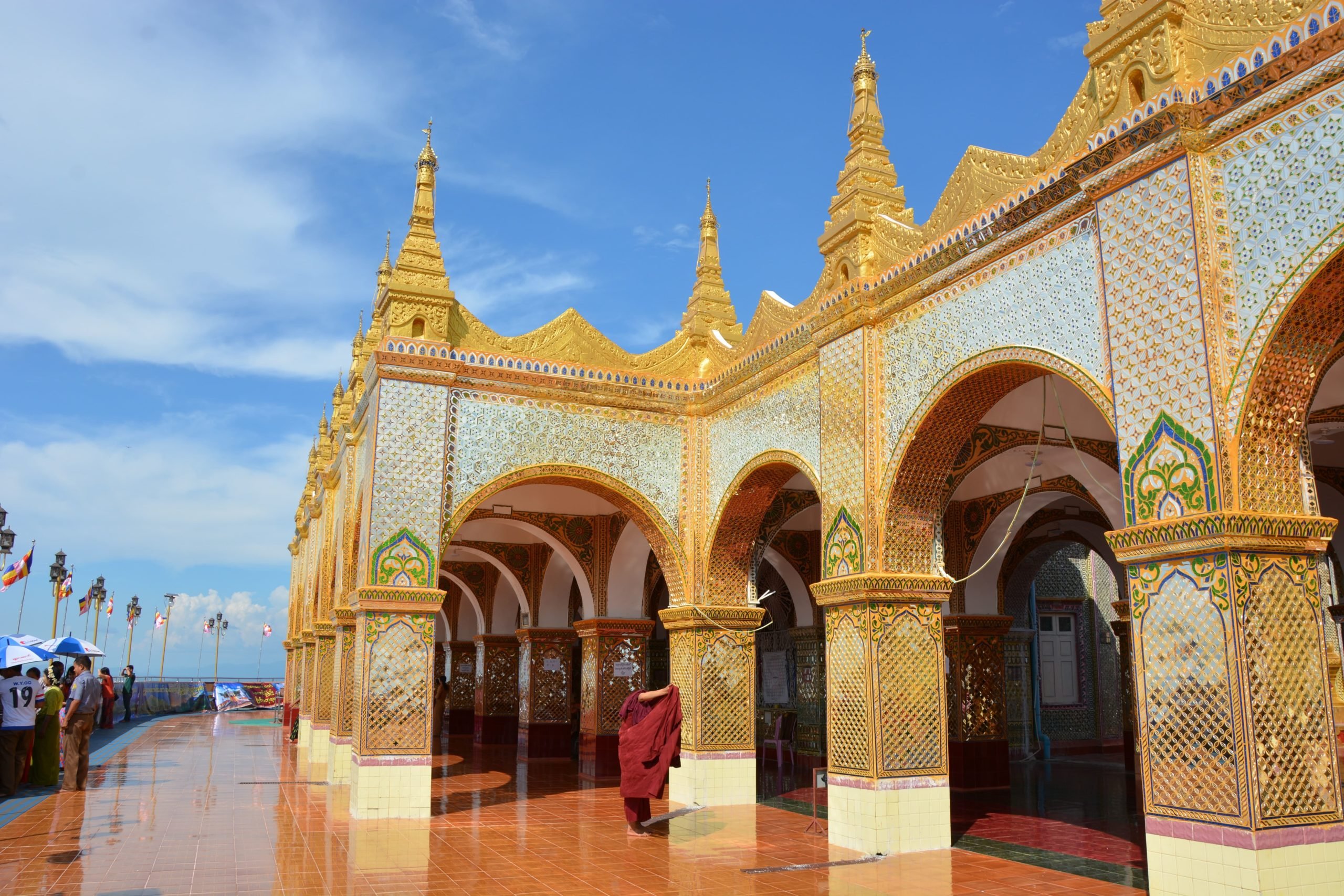
For me, travelling to the Kachin state highlighted the decades-long persecution of the Christian minority and was honestly very overwhelming. There is more poverty, more violence, and more uneasiness in the air here. Trucks carrying large amounts of drugs (usually methamphetamines) was not an uncommon sight, either.
While I travelled slowly, ate locally, and felt good that my money went directly to the local community, I still found it hard to reconcile that visiting this site could, in some way, be seen to support the regime in power. However, I will say that it was still gorgeous and that it felt like one of the rawest lessons of my travels.

Photo: DFID (WikiCommons)
Now, while this crisis may not affect your safety as a traveller, it does raise moral implications and concerns for visiting Myanmar as a tourist. Directly or indirectly, your contribution to the tourism economy will be supporting this persecution.
So, should you travel to Myanmar? There’s no simple answer, and it’s up to your moral compass and your personal values to make that call. Ultimately, no country is free from this moral quandary: we still travel to Israel, India, or even, say, Australia, despite past and ongoing actions of much the same calibre.
Still, what is happening to the Rohingya people is not something to be overlooked or treated lightly. Educate yourself on the matter and have all the knowledge before going backpacking in Myanmar. For both the sake of the Rohingya people and your own – a mid-travel existential meltdown is never fun.
*Editor’s Note: A post-military coup world
Your safety as a backpacker isn’t guaranteed under the military regime. As I said very early on in the piece, I don’t think the military regime would want the PR scandal of missing or maimed tourists, but they are prepared to hold onto power no matter what the cost.
Be very aware of protests. Be very aware of any tourist registrations you might be required to do. When travel is permitted again after COVID, you still need to have more caution than you would in almost any other country that’s possible to travel through.
Sex, Drugs, and Rock ‘n’ Roll in Myanmar
Myanmar’s peoples love to drink, and good quality beer and rum is available very cheaply meaning there is always a party happening somewhere. Myanmar is part of the infamous Golden Triangle and produces a huge amount of opium and methamphetamines but almost all of this is exported.
Despite being part of the Golden Triangle I was never once offered drugs of any kind whilst travelling in Myanmar – which goes in stark contrast to backpacking in India. The growing ex-pat scene in Yangon are fond of crushing up Ritalin (which can be purchased without a subscription in some parts of the country) and snorting it – the effects are very similar to speed.

It is possible, but extremely difficult, to find low-quality marijuana in Myanmar but without a reliable connection (make friends with ex-pats) your chances of scoring are practically zero. Rumour has it that one backpacker hid a small geocache amongst the temples of Bagan with a few tabs placed inside… Happy treasure hunting amigos!
And sex? Well, we are all for it. For LGBTQI + travellers in Myanmar, this can be a little bit more complicated as Myanmar is still largely a conservative country, but there are many places that are LGBTQI+ friendly and welcoming. We hope this continues to improve!
Travel Insurance for Myanmar
ALWAYS sort out your backpacker insurance before your trip. There’s plenty to choose from in that department, but a good place to start is Safety Wing.
They offer month-to-month payments, no lock-in contracts, and require absolutely no itineraries: that’s the exact kind of insurance long-term travellers and digital nomads need.
SafetyWing is cheap, easy, and admin-free: just sign up lickety-split so you can get back to it!
Click the button below to learn more about SafetyWing’s setup or read our insider review for the full tasty scoop.
How to Get Into Myanmar
Backpacking Myanmar has exploded in popularity and with increased international flights and relaxed border crossings, it is now quite easy to get into Myanmar. Yangon is served by numerous airlines and you can easily pick up cheap flights from other backpacking destinations in Southeast Asia.
Most backpackers flying into the country start their adventure in Yangon but you can also fly into Mandalay (which puts you closer to Bagan) if you’re travelling from Thailand.
Pack that backpack and get ready for a trip of a life-travel. If you’re after advice on the best backpack to take with you – my go-to is the Osprey Ozone Duplex 60.
There are four border crossings between Myanmar and Thailand…
- Mae Sot – Myawaddy (central). This is the easiest way to get from Bangkok to Yangon and by far the most popular crossing due to its proximity to various places of interest in Myanmar. Ignore any advice that says this crossing is one-way only; this is not the case anymore since a new road was completed in 2016.
- Phunaron – Htee Kee (central). Buses go from Kanchanaburi in Thailand to the small border town of Phunaron. It’s a small and remote crossing (you can’t find it on Google Maps) and on a slow mountain road, though it’s fully accessible.
- Mae Sai – Tachileik (north). You can cross here into Myanmar from Thailand’s Chiang Rai province, but you’ll get stuck if you don’t have a permit to travel further overland which is rarely issued. This crossing is, broadly speaking, not usable for independent travellers intending to go into Myanmar overland without restriction.
- Ranong – Kawthaung (south). This crossing lets you enter Myanmar from the far south. The roads here are reportedly rough, and in bad weather conditions, overland travel to Myeik may not always be possible. This is, however, THE place to enter if you want to check out the stunning Mergui Archipelago.
The border crossing between India and Myanmar has been open for about eighteen months at the time of writing and, finally, makes it possible to travel overland from Europe to Southeast Asia without having to go through China.
It is currently not possible to bring a vehicle from India unless you agree to have a Myanmar government tour guide with you for your entire time in Myanmar at a cost of $100 a day. It is, however, possible to drive a motorbike up to the border, sell it, cross the border and then buy a cheap Chinese bike on the other side for around $300.
Some reports indicate that you need a permit to be able to cross the India/Myanmar border but this information is outdated. Be aware however that on account of the escalating situation in nearby Rakhine State, the India/Myanmar border rules are subject to change without notice.
It’s also a far-out border to cross, relative to both Myanmar and India. Not many foreigners make it that far and you can expect to be crossing on foot (with accompanying madness).
It is not currently possible for backpackers to travel overland to Bangladesh (and I doubt it will be for many years) or Laos (this will probably change soon) from Myanmar. Onwards overland travel to China is only possible with relevant permits.
Entry Requirements for Myanmar
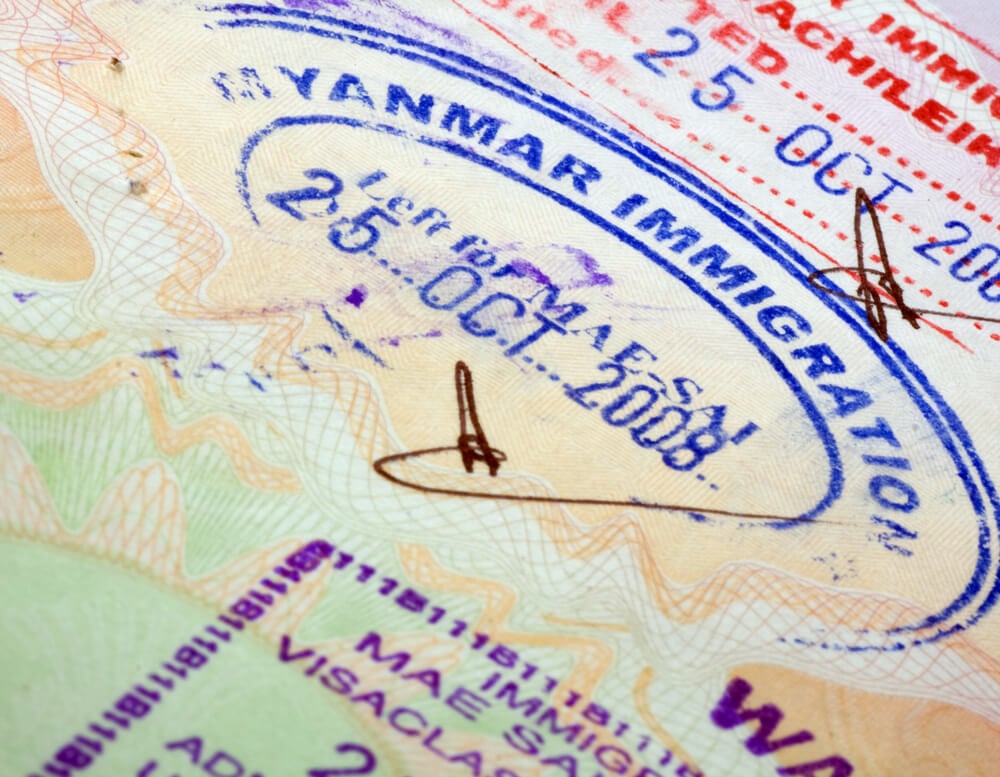
Over one hundred nationalities can now apply for an e-visa online through the official Myanmar government visa portal. E-visas can only be used if arriving by air or crossing overland from Thailand. I have heard some mixed reports that it is possible to cross from India with an e-visa if you have some additional paperwork.
Visas typically cost around fifty dollars and are valid for thirty days. They can be overstayed by 14 days at a charge of three dollars per day plus an additional admin fee. If you’re not on the e-visa list and are from say, Iran, it’s still possible for you to get a visa – you just need to go to a Myanmar consulate.
I secured my Myanmar visas from the Bangkok and Chiang Mai consulates and on both occasions, it took just a couple of days – be sure to take passport size photos with you! If you do need to acquire a visa, I suggest checking out iVisa for assistance.
How to Get Around Myanmar
It’s also easy getting around Myanmar. There’s a wide selection of buses, trains, vans, and open-trailer trucks to utilise. You just gotta know what you’re doing!
Travel costs, in general, are more expensive in Myanmar than other countries in Southeast Asia but it’s easy to hitchhike in Myanmar if you’re low on funds. Trains and long-distance buses are plentiful with the buses normally working out faster than the trains. I took a few buses in Myanmar and always travelled at night (to save having to pay for accommodation).
Trains take it one step further. They’re crazy cheap and crazy local! Especially the most basic unreserved class which is literally just a freight container – open doors and all – with some benches inside. Oh, and expect plenty of snack peddlers!
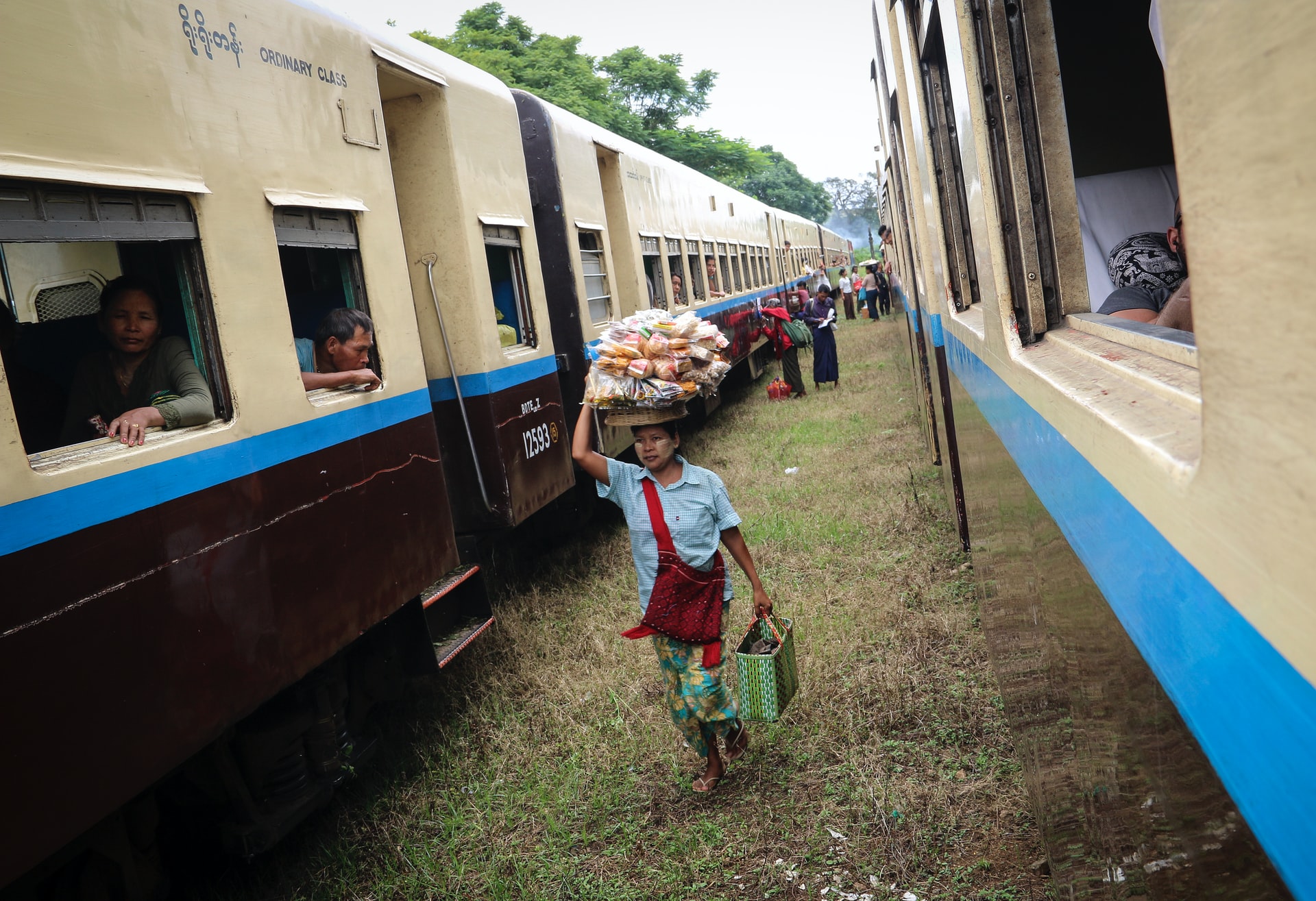
Internal flights are relatively cheap, according to Skyscanner – I didn’t fly whilst backpacking Myanmar. In some parts of the country, you can travel by boat and this is a really unique way to get around – the slow boat between Mandalay and Bagan is well worth doing if you have the time.
Local buses are very cheap but can be very crowded and uncomfortable – if you’re familiar with local transport in India or Central America then this won’t be anything new to you but if you’ve only travelled on ‘tourist transport’ before then you might find it a bit of a shock!
For the really long distances, if you’re not going to be hitchhiking, I recommend spending a bit more and going with a half-decent bus company – JJ Express are relatively affordable and are clean, comfortable and reliable. Avoid travelling in the ‘private’ mini-vans.
Travelling by Motorbike in Myanmar
Motorcycling Myanmar is definitely the best way to get around and the recent relaxation of rules governing foreigners driving around has made things a lot easier. It’s possible to buy or rent a bike in Mandalay and other cities and from here you can embark on an epic loop of the country.
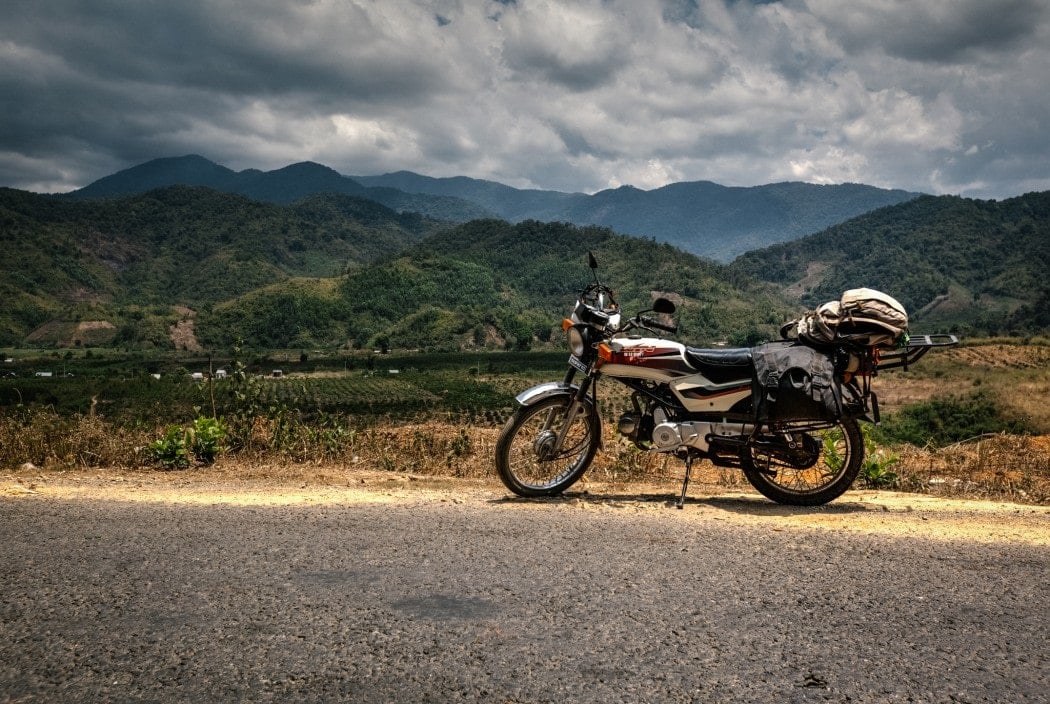
Working in Myanmar
In my personal opinion, Myanmar is not the best choice in Southeast Asia for either working or volunteering. But first, here are the deetz.
There are ex-pats that base themselves in Myanmar – primarily, Yangon – to work. While teaching English abroad is something some foreigners do opt to do in Myanmar, most foreign workers are there on some form of international business.
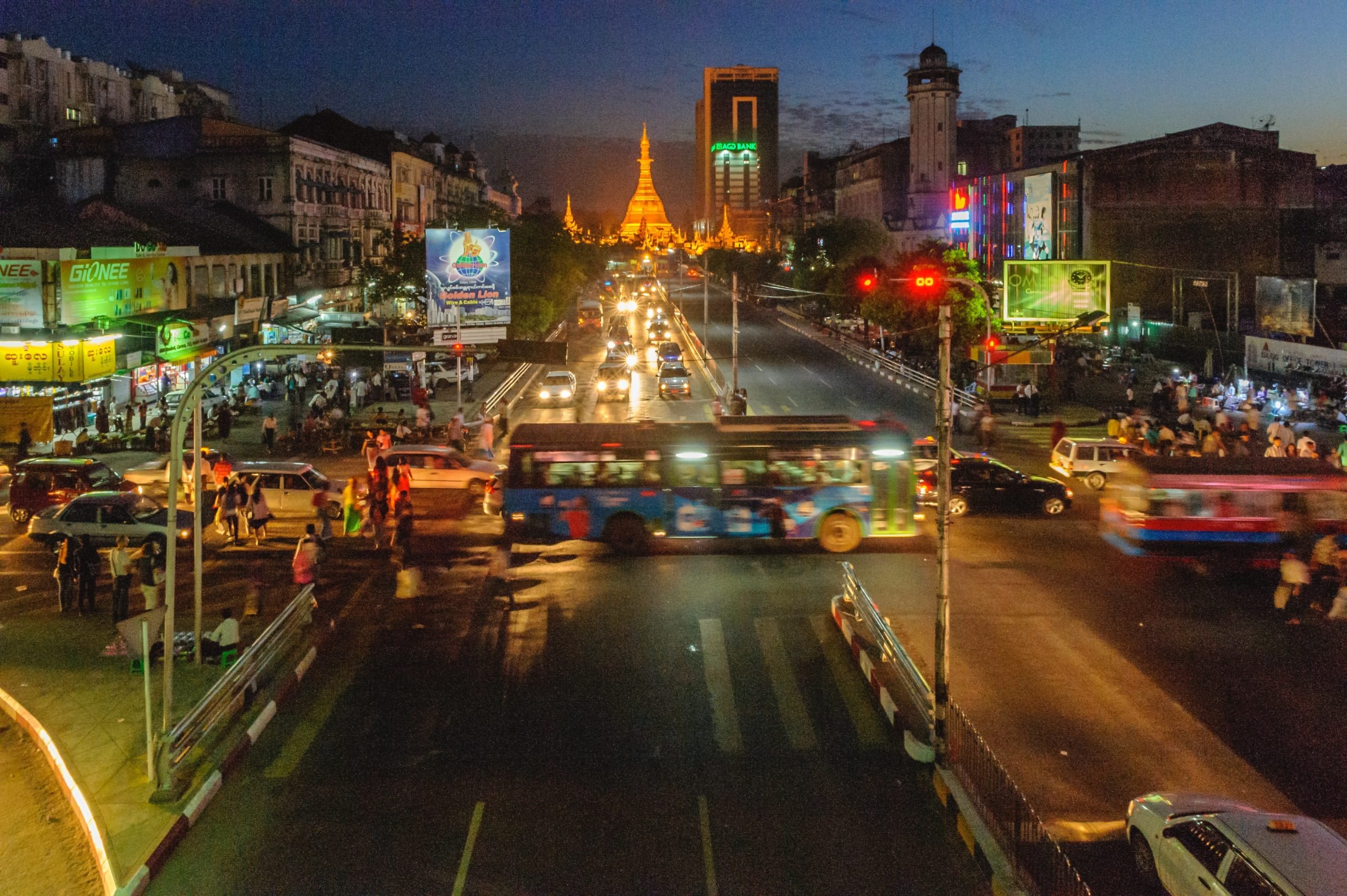
You’re required to obtain a work permit/business visa which only allows a stay of 70 days before you’ll have to border hop and return. Only after having completed three prior business visas will you be able to apply for a multiple-entry permit allowing a stay of up to six months (and, potentially, longer stays in the future).
The internet situation in Myanmar isn’t abysmal either – particularly in the cities – however, it’s still a pain enough to challenge digital nomads. This, combined with a supply crunch (and subsequent price hike) on accommodation and rentals for ex-pats, makes Myanmar a hard recommendation for working travellers.
All in all, the review on working in Myanmar as an ex-pat or long-term traveller is a resounding ‘meh’. Considering it borders Thailand and India and that Malaysia is only a stone’s throw away, it’s just not worth it.

A new country, a new contract, a new piece of plastic – booooring. Instead, buy an eSIM!
Jetpac eSIMs work just like an app: you download it, pick your plan, and BOOM! You’re connected the minute you land. It’s that easy.
Read about how e-Sims work or click below to see one of the top eSIM providers on the market and ditch the plastic.
Grab an eSIM!Volunteering in Myanmar
Finally, like most places in Asia, volunteering in Myanmar is most definitely a thing! Given the rather cramped timeframe on a tourist visa, it’s a hard sell over simply travelling and exploring, but the option is there.
I’d recommend signing up for a cheap volunteering platform to find volunteering opportunities in Myanmar. It’ll just make the whole process of finding an authentic and honest project to volunteer with a whole lot more straightforward. Plus, again, you have that strict one-month visa so having somewhere to go straight outta the airport terminal is just being efficient!
As for who you should sign up with? At The Broke Backpacker, we’re huge fans of Worldpackers. They have a real special knack for connecting kind-hearted travellers with bonafide rockin’ humans and volunteering projects that give you that warm and cuddly feeling inside.
Broke Backpacker readers even get a mad discount just by using the code BROKEBACKPACKER at checkout! Stick that sucker in or click the link below and your membership is discounted from $49 a year to only $39. That’s a solid 20% OFF the annual fee! So why not go have some once in a lifetime experience?
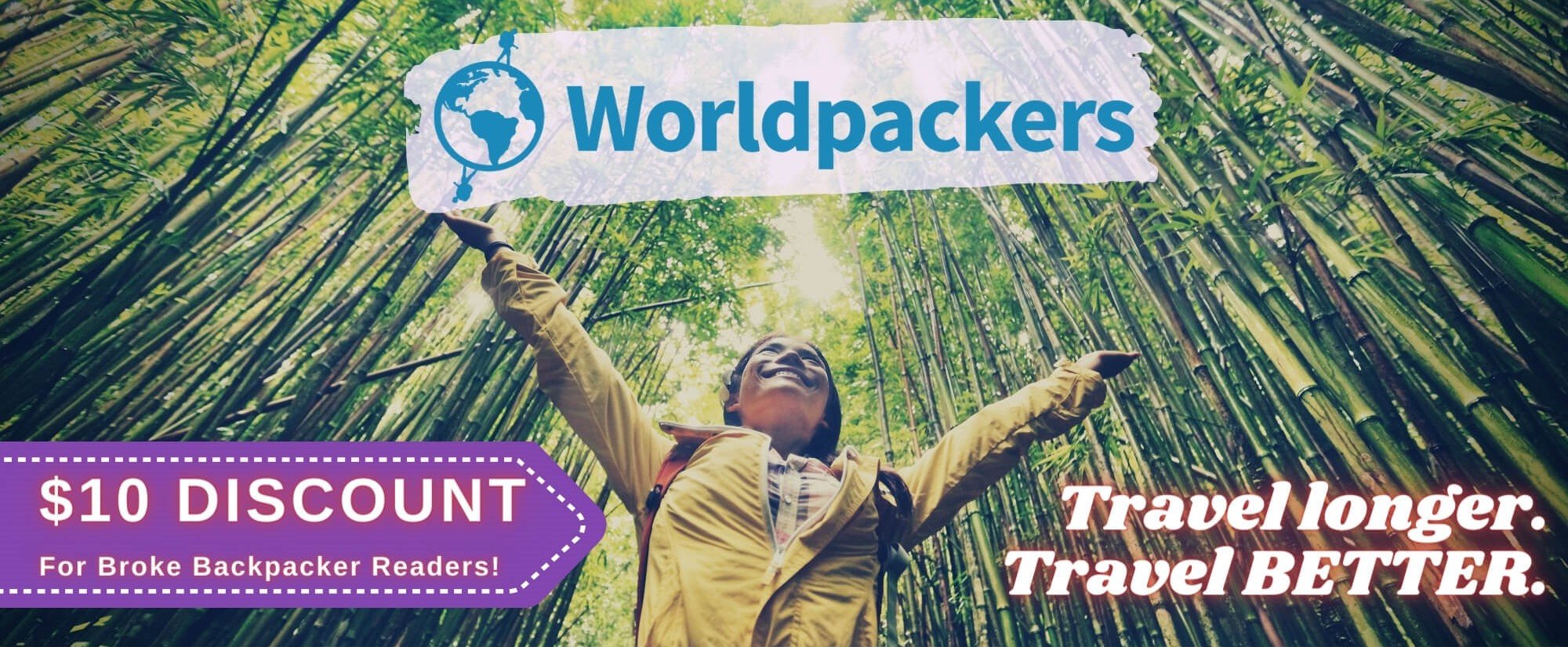
Worldpackers: connecting travellers with meaningful travel experiences.
Myanmar Culture
Most Burmese people are very very nice and genuinely friendly. The majority of locals refer to the country as Myanmar and prefer this to Burma as the old name only referred to the dominant ethnic group. Hitching, especially short distances, is easy and often people won’t ask for money, however, I think it’s only fair to offer as gas is pretty expensive by local standards.
Be sure to be a decent human being and don’t ruin Myanmar… The people are probably the main reason that Myanmar is such a special place.
Useful Travel Phrases for Myanmar
Not many people know this but the Burmese speak a total of 111 different languages. The official language is Burmese and some of the most important secondary languages are Shan, Kayin, Rakhine, Mon, Chin, and Kachin.
Burmese is a Sino-Tibetan language and is one of the most widely spoken in the world. It was first spoken by the Bamar people and related ethnic groups. Today, Burmese is the primary language of instruction, and English is the second language taught in schools.
I’m not gonna lie, as far as learning a new language goes, Burmese is haaarrrddd. It’s a tonal language meaning a slight change in inflection can throw the whole sentence off. Furthermore, as English isn’t widely spoken and the Myanmar people aren’t used to tourists – particularly of the backpacker/traveller variety – getting concise lessons from a local can be absolutely excruciating (although, still a lot of fun).
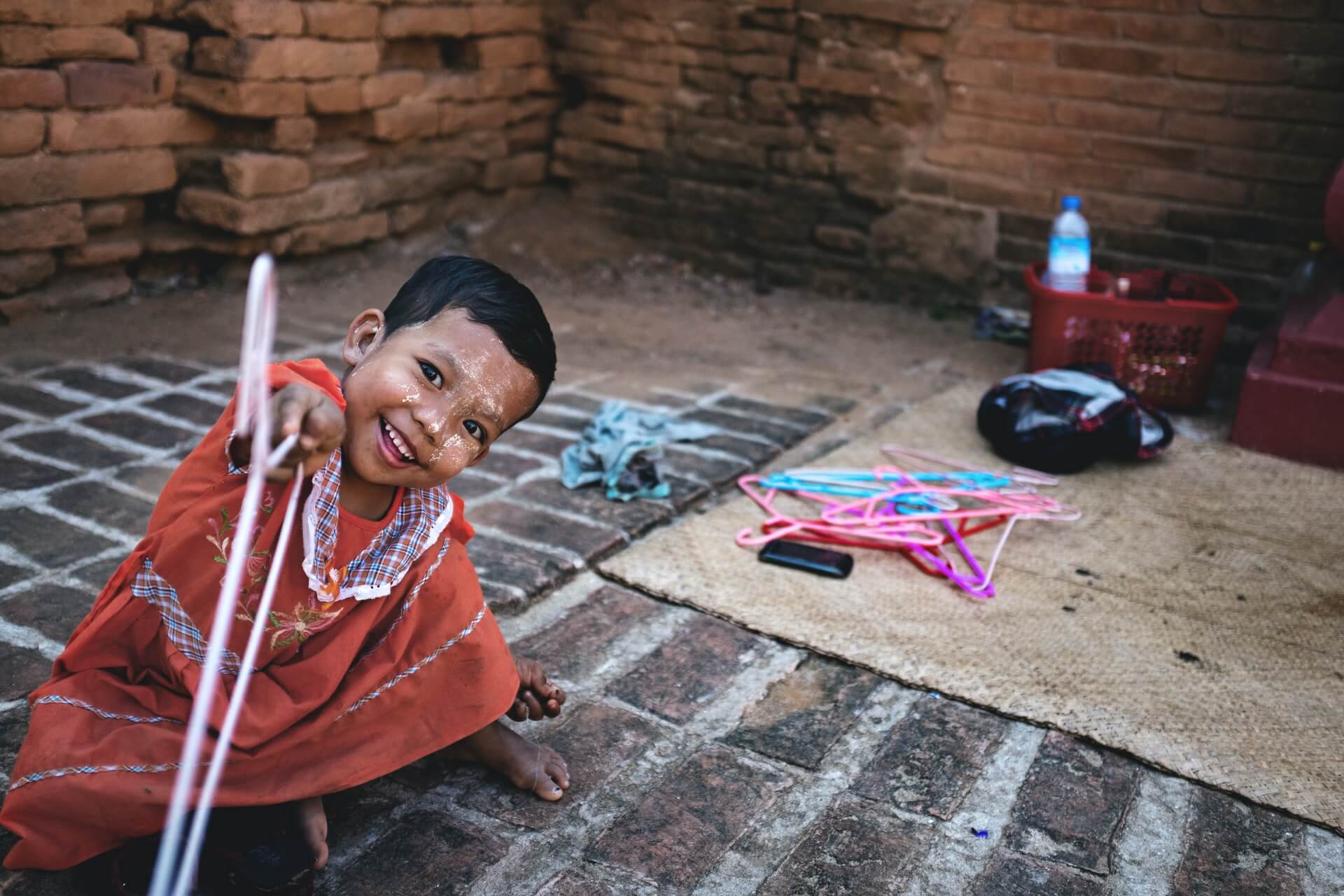
All the same, here are a few useful phrases in Burmese for your backpacking Myanmar adventure:
- Hello – kyaosopartaal
- How are you? – Shin ne-kaùn-yéh-là?
- Good Morning – Min-ga-la-ba
- I don’t understand – Nà-m?leh-ba-bù
- How Much – Blau leh?
- Stop here – Dima seh meh
- Sorry – Wùn-nèh-ba-deh
- Where Is The Toilet? – Ein tha beh meh lay?
- No plastic bag – a bhaalsuu myaha m palauthcatait aate
- No straw please – kyaayyjuupyupyee koutroe a bhaalsuu myaha m
- No plastic cutlery please – a bhaalsuu myaha m palauthcatait meehpo hkyaungg sone kyaayyjuupyupyee
- Help! – Keh-ba!
- Cheers! – Cha Kwa!
- Dickhead! – Lee Gon!
What to Eat in Myanmar
Well, the great thing about having so many ethnic groups inside your country plus being bordered by a whole bunch more is that your food becomes pretty banging! Burmese cuisine is predominatly influenced by both the exisiting cultures in Myanmar as well as other nearby Asian regions – primarily, India, China, and Thailand.
Salads, soups, noodles, and rice are the name of the game! Meat and fish is also coomon – like, Thailand level of common rather than India – but vegos will have an easy time eating themselves into a coma (provided they can explain to the overzealous cooks in Myanmar that they don’t want meat).

Flavour-wise, things tend to be focused more on the savoury and salty aspects. The food in Myanmar still gets spicy, of course, however, it’s in a different vein again to Thailand and India. Best of all, it’s mouth-watering!
Popular Myanmar Dishes
- Burmese Curry – You can’t go backpacking in Myanmar without trying a proper Burmese curry. The curry is usually serviced with pork, fish, shrimp, beef or mutton. It includes rice, a salad, a small dish of fried vegetables, a small bowl of soup and a side of fresh crunchy vegetables and herbs- a pretty wholesome meal I would say!
- Local Tea Shop Snacks – Apart from serving tons of milk tea, local tea shops serve baked sweets as well as meaty steamed buns and dim sums. Enjoy a cheap snack with your tea, cause why not!
- Shan Style noodles – The dish is a combination of thin, flat rice noodles in a clear, peppery broth with marinated chicken or pork and pickled vegetables. Yummy, healthy and bloody cheap!! Backpacker gold…
- Shan Rice – Also known as fish rice, this Shan dish is one of the most typical Myanmar food and you can find it in most local places. The Burmese usually pair it with leeks, garlic and pork rind.
- Deep-Fried stuff – The Burmese love frying up stuff!! You get fried samosas, spring rolls, fritters, sweets, bread, noodles topped with deep-fried crispy garnishes. Sinful but delicious!!
- Nan Gyi Thohk – Popular with tourists, this dish has rice noodles with chicken, thin slices of fish cake, bean sprouts and slices of hard-boiled egg. Pretty light on the stomach if you’re not feeling so great…
- Mohinga – This is the favourite breakfast dish. It is made from rice noodles in a tasty herbal broth. And of course, it has to have some crunchy stuff, in this case, it is banana pith that adds the crunch.
A Brief History of Myanmar
Myanmar or I should say Burma, has a turbulent history… Run as a ‘province of India’ under the British Raj, Burma has seen numerous invasions and battles over the years. The Japanese occupied Burma during WWII and the country saw some of the fiercest jungle fightings ever recorded.
The Japanese rushed across the country, quickly overwhelming poorly equipped British forces and threatening India with an invasion. Hoping that the Japanese may bring change, Burmese nationalistic groups came together under the leadership of General Aung San to fight against the British. It didn’t take General Aung San long to realise that the Japanese were even worse than the British and towards the end of the war General Aung San switched sides and helped to advance British forces to kick out the Japanese.
General Aung San fast emerged as a national hero and is often referred to as ‘the father of the nation’. He penned an agreement with the British for Burmese Independence within a year but in July 1947 he was assassinated along with several other prominent figures by political rivals. Burma went into mourning and a few months later, on 4 January 1948, the country gained its independence.

Photo: The Famous People
From here, things spiralled rapidly out of control. For ten years, the government struggled to contain ethnic uprisings by groups who wanted to stand apart from Burma.
Communist and other insurgencies kept the army busy and many atrocities were committed as the country slid further into bankruptcy due to poor management and the ravages of WWII. In 1958, General Ne Win announced that he would govern the country in a ‘caretaker’ position. Two years later he solidified his dictatorship with an army coup.
Ne Win’s new revolutionary council suspended the constitution and began authoritarian military rule. Tens of thousands went ‘missing’ as the army waged numerous wars against insurgencies on every front from groups determined to live in a free Burma.
The countries economy withered further and international visitors were limited to a handful of major cities that could only be visited with some serious paperwork. In 1988, Ne Win announced he was retiring and hundreds of thousands took to the streets to demand fair elections. The army intervened and fired blindly into crowds of protestors, killing an estimated ten thousand civilians.
Thousands of student and democracy groups fled to the border regions which were largely under Ethnic militia group control and began to plan. At this time, as if a sign from the God’s themselves, Aung San Suu Kyi, daughter of the father of the nation, General Aung San, returned to Burma after many years of absence and threw herself into the political fray.
Myanmar in Modern Times
In an attempt to quell international condemnation for violence against civilians, the military announced it would hold multi-party elections. After much convincing by student groups, Aung San Suu Kyi and like-minded colleagues founded the National League for Democracy.
The new party swept across Burma gathering more and more support. In the final hour, when victory seemed imminent, Ne Win orchestrated another army coup from behind the scenes and the country was thrown back once more.
Although committed to non-violence, Aung San Suu Kyi was placed under house arrest in July 1989 for “endangering the state” and kept there for the next six years.
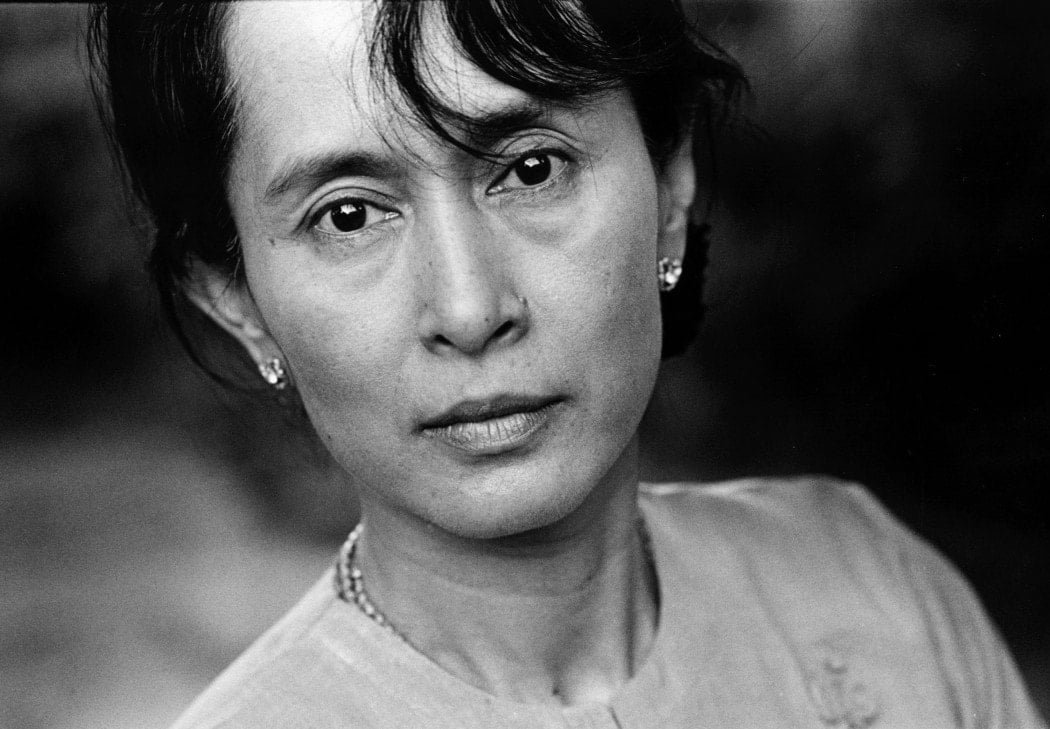
Photo: Prezi
Desperate to improve their image and generate foreign investment, the generals held the multi-party elections they had promised. Despite the army’s severe repression against members of opposition parties and the complete lack of freedom of expression throughout the country, Suu Kyi’s NLD party swept to victory with 82% of the vote.
Surprised and outraged, the army refused to acknowledge the election results and has retained its repressive grip on power ever since. In a bid to promote unity amongst the country, Burma was renamed to Myanmar in 1989 so that not only the Burmese people were reflected in the name of the country. In a further bid to protect their grip on power, the capital was moved from Yangon to Naypyidaw – a ghost-town in the middle of the jungle…
In 2002, Aung San Suu Kyi was released from house arrest and the political situation began to thaw as her party was given some minor powers. The first tourists began to trickle into the country and slowly but surely word got out about Myanmar… An incredible, beautiful country with a dark history, filled with some of the world’s kindest people and an uncertain path ahead of it.
In 2007, violence erupted again as the army turned on peaceful protests by thousands of monks across the country campaigning for improved human rights and a proper democracy. The Monks protests became known as ‘The Saffron Revolution’ and Myanmar was, once more, a scary place to be a civilian.

Many army units refused to use force against the monks. Sadly, this was not the case across the whole army and an unknown number of civilians and monks were killed in clashes with riot police and army units.
Since 2007, Myanmar has emerged blinking into the light and more and more backpackers have rocked up to explore this truly incredible country. I wanted to cover the history of Myanmar here because if you really want to understand Myanmar it helps if you understand some of the challenges that the nation, and its people, have had to face over the recent years.
On February 1st 2021, Aung San Suu Kyi was arrested alongside other high ranking members of her government. The military had once again orchestrated a coup – although many believe they had been entering increasing influence behind the scenes for many years. There has been mass resistance to the takeover – but as of yet, the military has not been overthrown. Now that the people of Myanmar have had a taste of democracy, they do not want to give up.
I have hope for the future of Myanmar, but it remains to be seen whether the military will commit to protecting human rights instead of violating them. The UN has described Mynamar as being in a state of civil war due to the mass resistance to the regime by the people. All the power to them for standing up and fighting for a better world.
Some Unique Experiences in Myanmar
From the nomadic tribes of the ocean to the secrets hiding in the jungles of Myanmar, there is so much in Myanmar to sink your teeth into!

Things go wrong on the road ALL THE TIME. Be prepared for what life throws at you.
Buy an AMK Travel Medical Kit before you head out on your next adventure – don’t be daft!
Buy on REITrekking in Myanmar
Myanmar is a fantastic place to head out on a trek and the sky really is the limit. Provided you have the backpacking adventure gear for the job, you can head off on extremely ambitious two-week treks around Shan or Chin state and the Chinese Himalayas, which require special permits. These places are some of the last backpacker frontiers in Southeast Asia offering a whole bunch of unclimbed peaks…
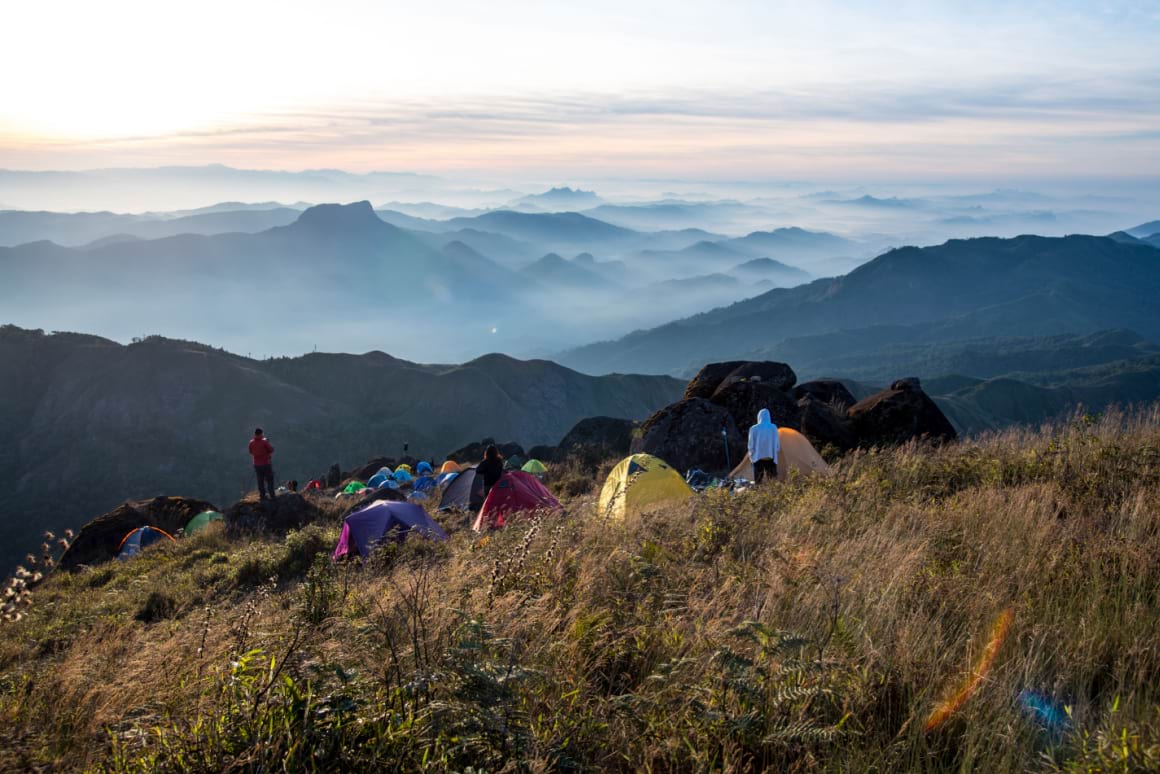
Most people opt to do the very easy trek from Kalaw back to Inle Lake, although Pindaya to Inle is a better trek. Trekking in Myanmar is a fantastic experience and you can expect to crash out in local monasteries and homestays which will give you a great chance to interact with the very friendly local people.
Shan state is also a popular place to go trekking and there are some great hikes to be had around Kachin state as well… There are definitely plenty of off the beaten track adventures in Myanmar which have never been written about, go and find them! It is well worth taking a cheap travel tent, especially if you are on a budget.
Final Advice Before Visiting
Smile and smile a lot! Myanmar people are some of the friendliest and smiliest I’ve encountered backpacking Asia. But, of course, they’re reserved and shy too. I guarantee if you walk around with a big cheesy grin, you’ll find it reciprocated in droves!
And on that note…
Just Be Good to Myanmar
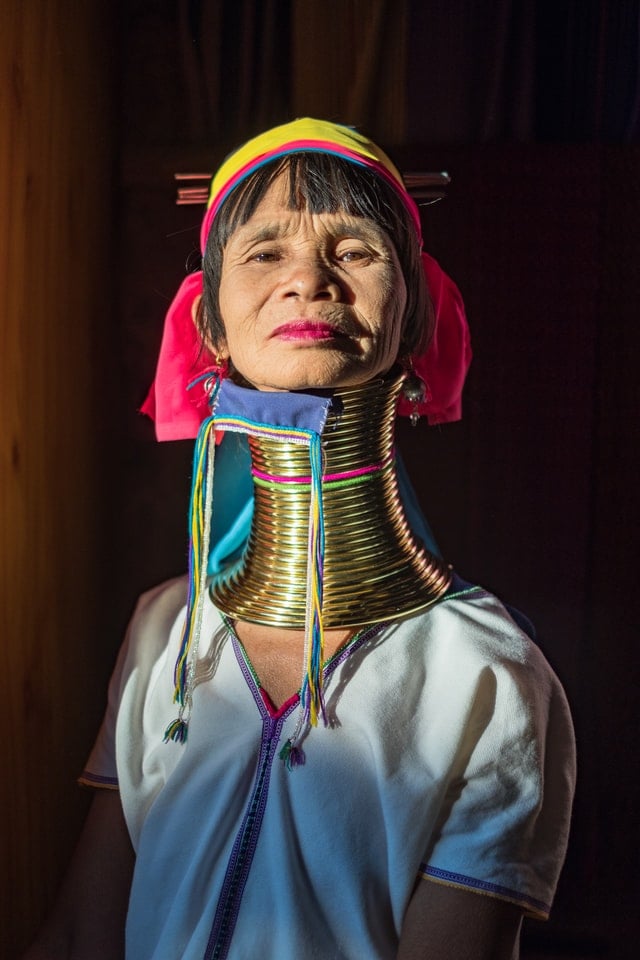
Writing your name in black marker on temples, chugging beer while shirtless, swearing loudly, and visiting unethical animal attractions? You, Sir, are a twat. Luckily, most backpackers don’t fall into this category but all the same, it can be easy to lose yourself when you travel.
It’s easy to get carried away in Southeast Asia: everything is so damn cheap and so much fun. I’m in no way the perfect traveller; I’ve been the drunken idiot on the street. I know first hand just how hard it is to be the one person in a group to say no when somebody comes up with a stupid idea that, for some reason, everybody is down for.
By no means am I telling you not to drink, smoke and party. Do it and love it. Just don’t get so drunk you turn into an imbecile your mum would be ashamed of.
If you want to see elephants, then go and see them, but do your research first. Look up ethical animal sanctuaries and understand the prevalence of abuse in the elephant tourism industry.
If you’re not into seeing the temples, no worries but don’t be disrespectful, inappropriate or deface them – certainly, do not try to wander in shirtless.
Wear a helmet when you hop on a motorbike in Asia. The local people are sick of scraping foreigners off the road and, trust me, you don’t look cool for not wearing a helmet.
Humans are humans; treat people you meet along the way with the same respect you would show your friends and family back home. You are not superior to anyone including the girls/guys walking the streets.
Regardless of your beliefs and thoughts on prostitution, remember this is another person with thoughts, feelings, and a life outside of the sex industry too. You are not superior to these people; you just happen to be from a more privileged background. One roll of the cosmic dice is all that ever separates you from anyone else.
Go to Asia and have the time of your life; do the things you’ve dreamed of but be respectful along the way. There are enough shitty tourists out there. Be someone that makes the world a better place simply by wandering it.
It’s a damn beautiful place; there are countless epic reasons to visit Myanmar. It really is like stepping into a time machine: Myanmar offers travellers one of the last chances to see an unspoilt Southeast Asia. And in that sense…

Edited by Indigo Atkinson in January 2022.
Buy Us a Coffee!
A couple of you lovely readers suggested we set up a tip jar for direct support as an alternative to booking through our links. So we created one!
You can now buy The Broke Backpacker a coffee. If you like and use our content to plan your trips, it’s a much appreciated way to show appreciation 🙂






